Text & Photography by Simone Marcato
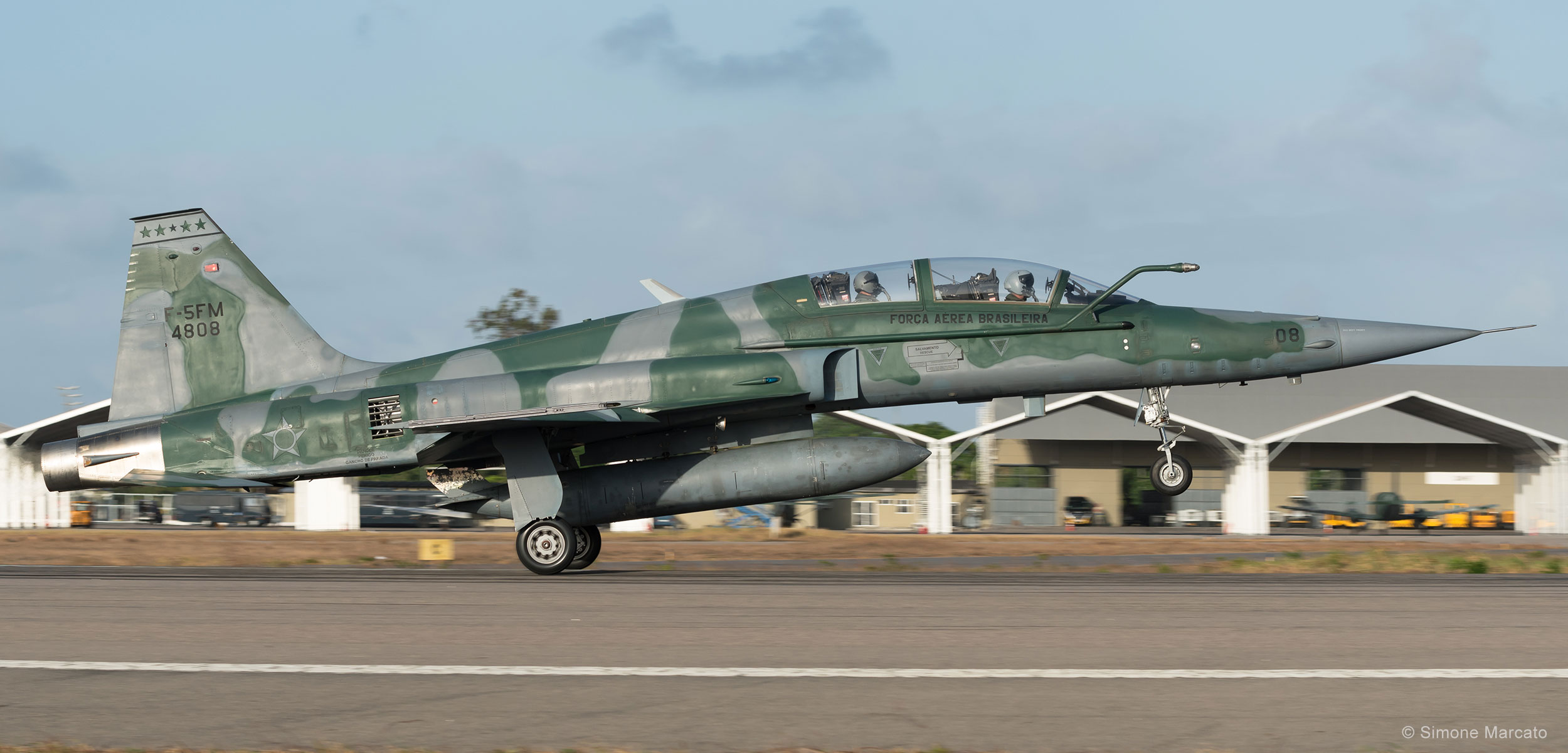
Introduction
The largest military exercise in South America, the eighth Cruzeiro do Sul Exercise, or CRUZEX, took place at the Natal-Augusto Severo airbase in the state of Rio Grande do Norte from November 18 to 30, five years after the previous one.
In the five years between these last two editions, Brazil has hosted major events, such as the Confederations Cup, the World Cup, and the Olympics, which saw significant involvement from all three branches of the Brazilian armed forces. Events that have also drained significant financial resources from the state budget, preventing the allocation of sufficient funds even to conduct an exercise of this magnitude.

The objective
The main objective of CRUZEX is to train the air forces involved in planning joint operations with friendly and allied countries, using the same standards employed by NATO.
One of the innovations in 2018 was the addition of training in the unconventional warfare (UW) scenario against insurgent or paramilitary forces and not between two established states. The possibility of using air resources in United Nations missions, in cooperation with other countries, implies the need for specific preparation, and it is by focusing on this aspect that CRUZEX was established.
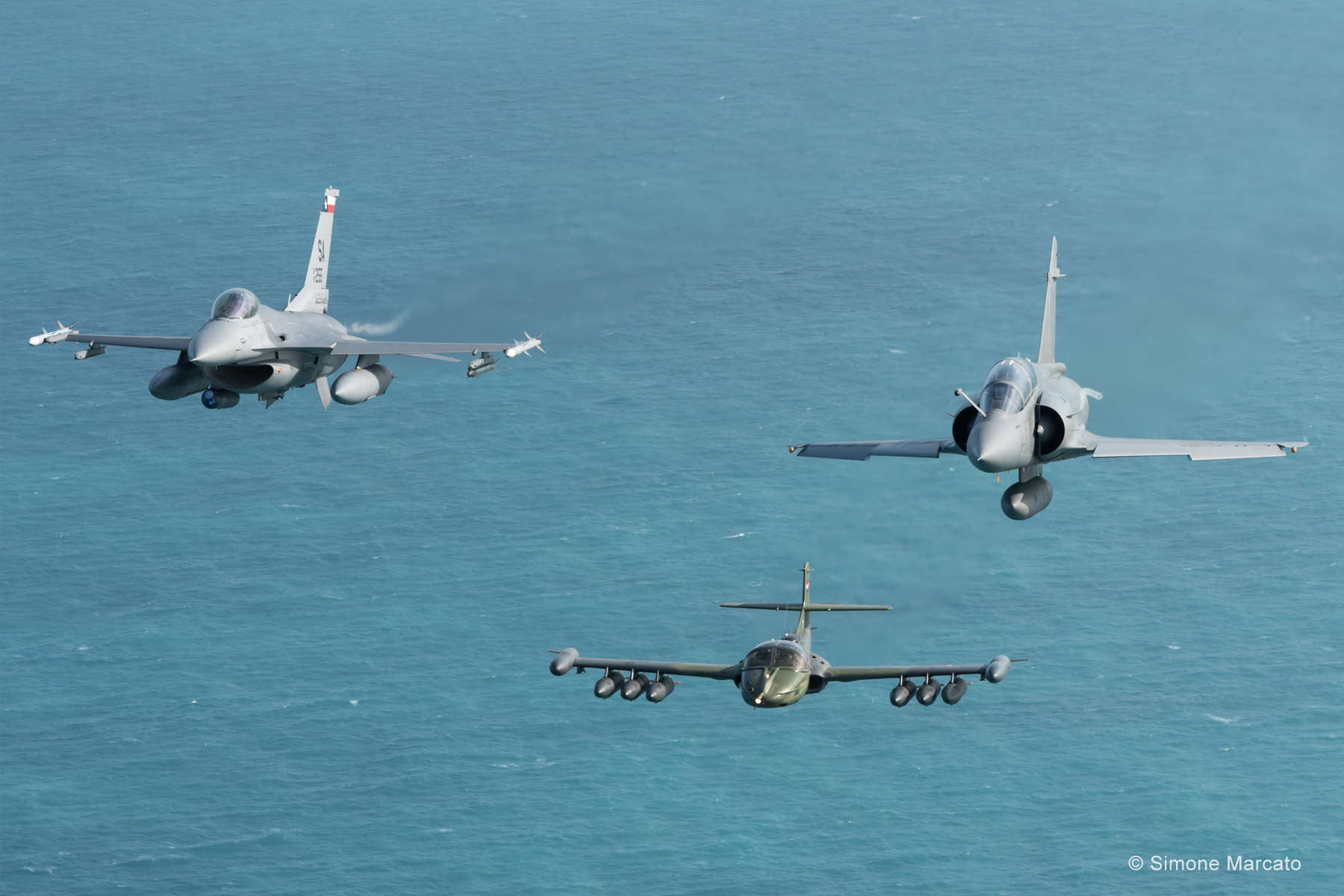
Major General Luiz Guilherme Silveira de Medeiros, director of CRUZEX, explains: “In addition to strengthening the ties between the countries involved, this exercise allows for the exchange and aggregation of both the skills and knowledge acquired by some of the participants in operational experiences in real scenarios.” The scenarios simulated in CRUZEX involve both conventional and unconventional warfare, because these are common situations found in missions where the United Nations operate.”
The importance of training personnel in the unconventional scenario lies in the possibility of sending FAB aircraft on missions under the guidance of the United Nations. “If this happens, we must be prepared,” said General Medeiros, who added, “CRUZEX will allow us to train with foreign military personnel who have already carried out this type of mission in the NATO context. We have to speak the same language, and this does not refer only to the language itself, but mainly to the techniques adopted: it makes no sense to act together if each one has its own procedure in carrying out the missions”.
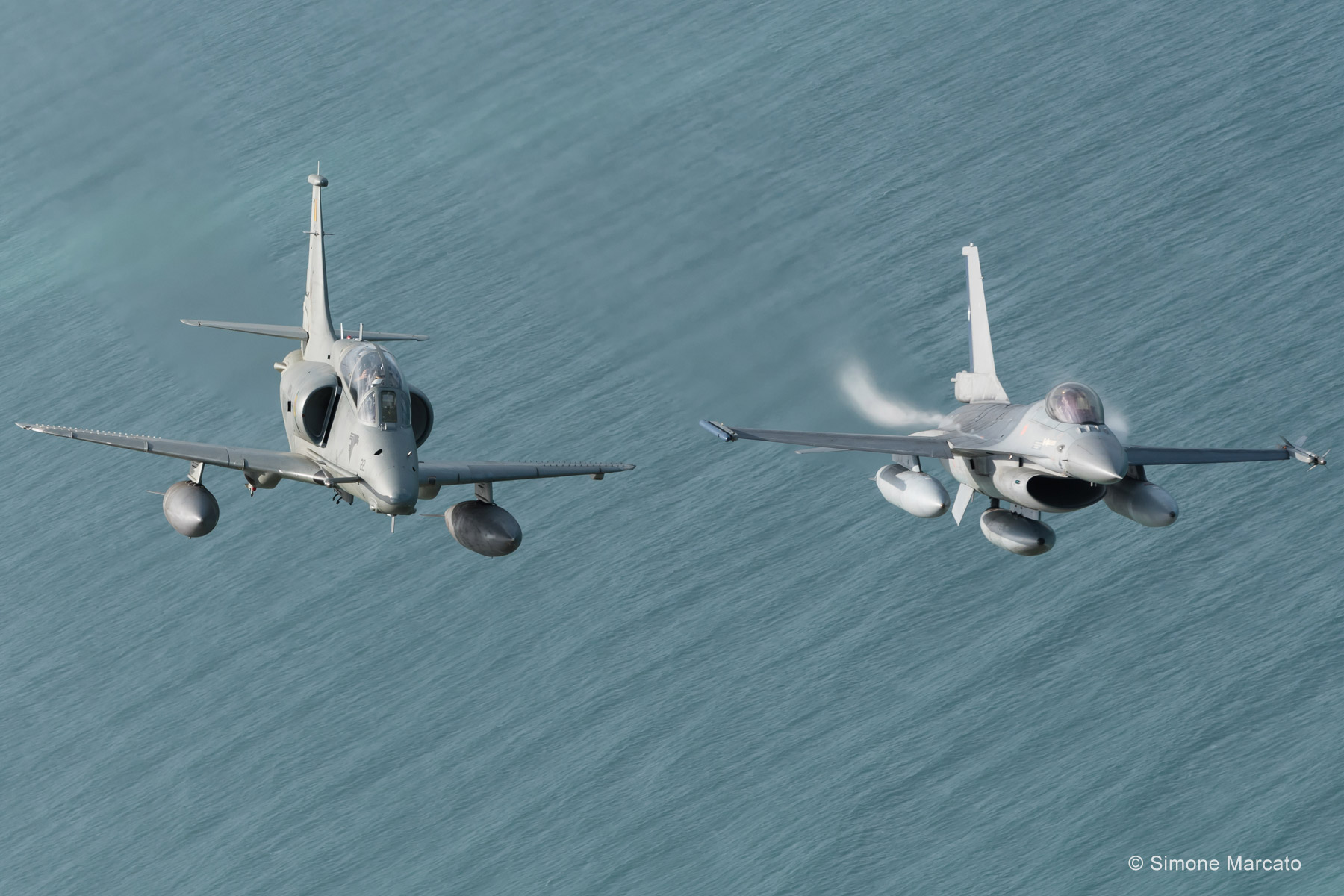
The participants
Besides Brazil, this edition saw the participation of 13 countries: USA, Chile, Uruguay, Canada, France, and Peru deployed aircraft and military personnel, while Portugal sent a contingent of special forces. They were also present as observers, military personnel from Germany, Bolivia, Sweden, Venezuela, and India.
Brazil has deployed aircraft from all three branches of the armed forces with the Brazilian Air Force deploying the largest component.
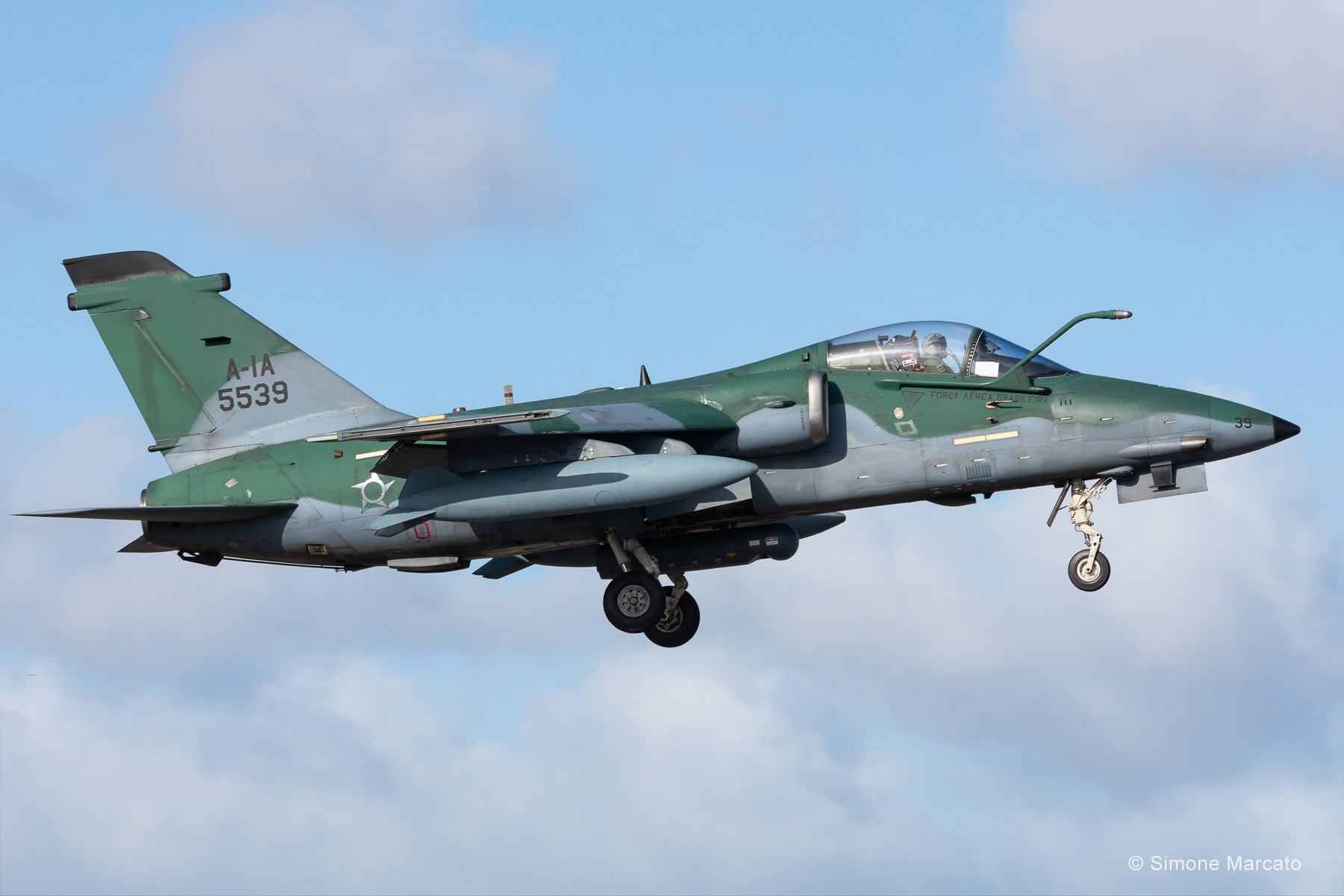
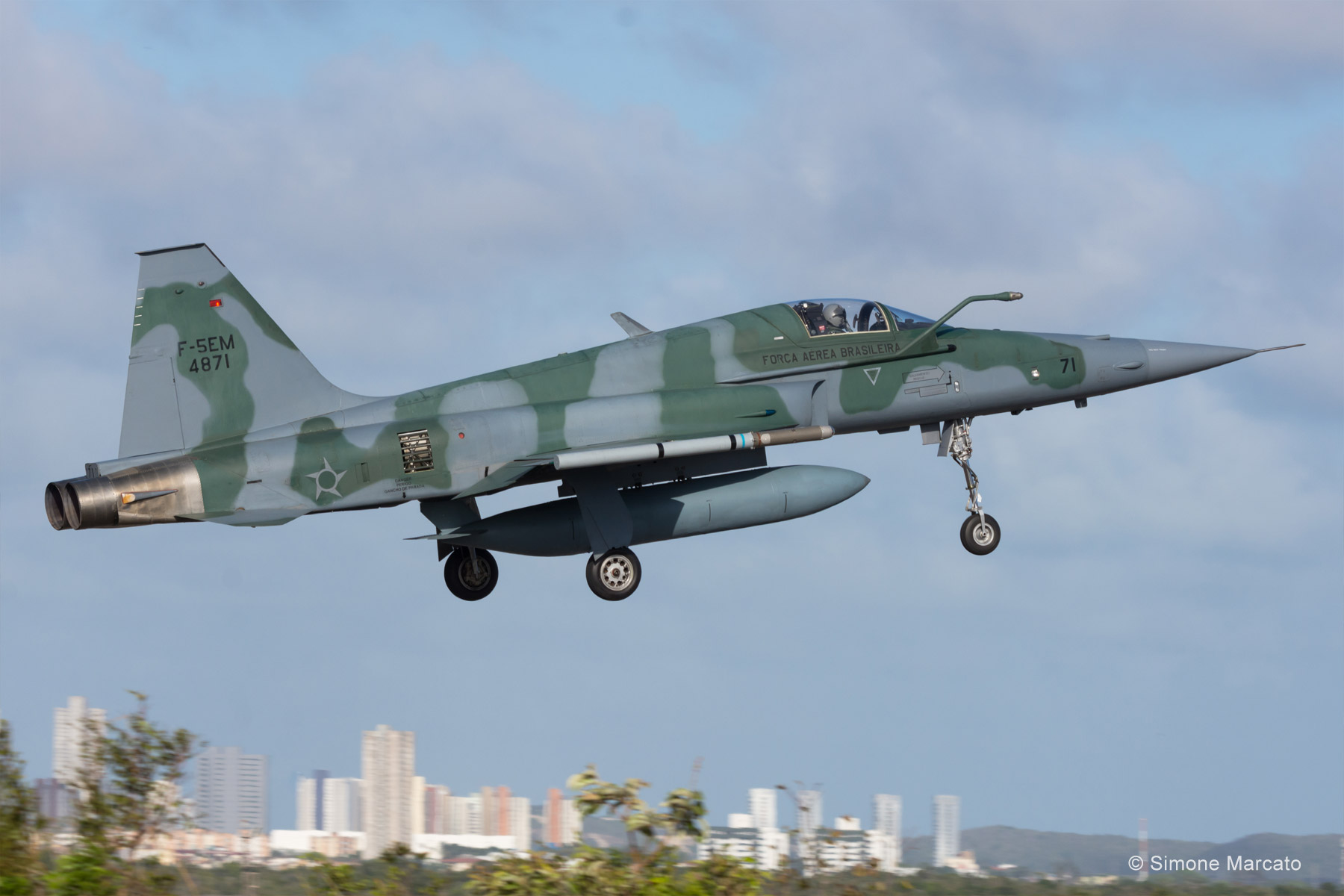
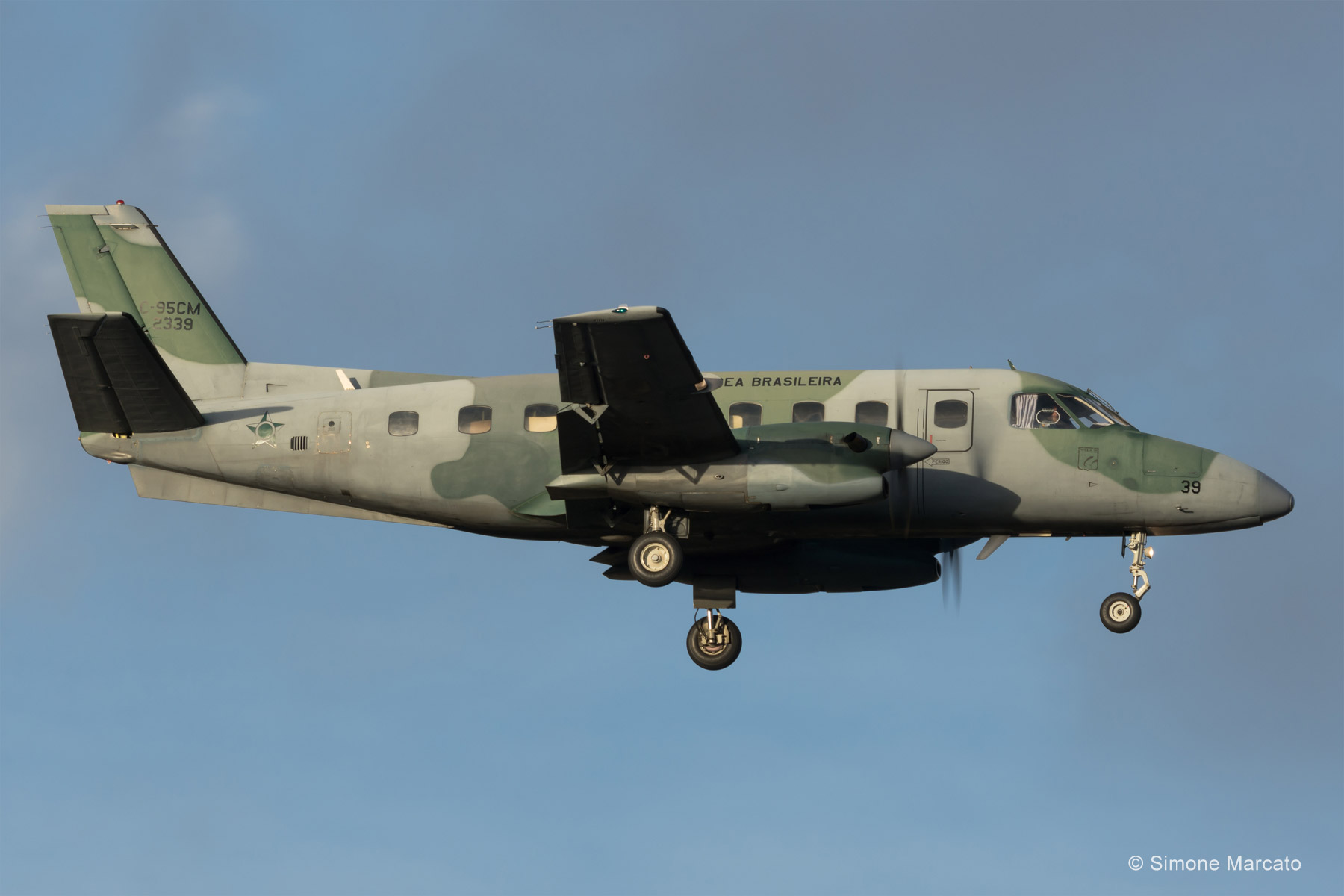
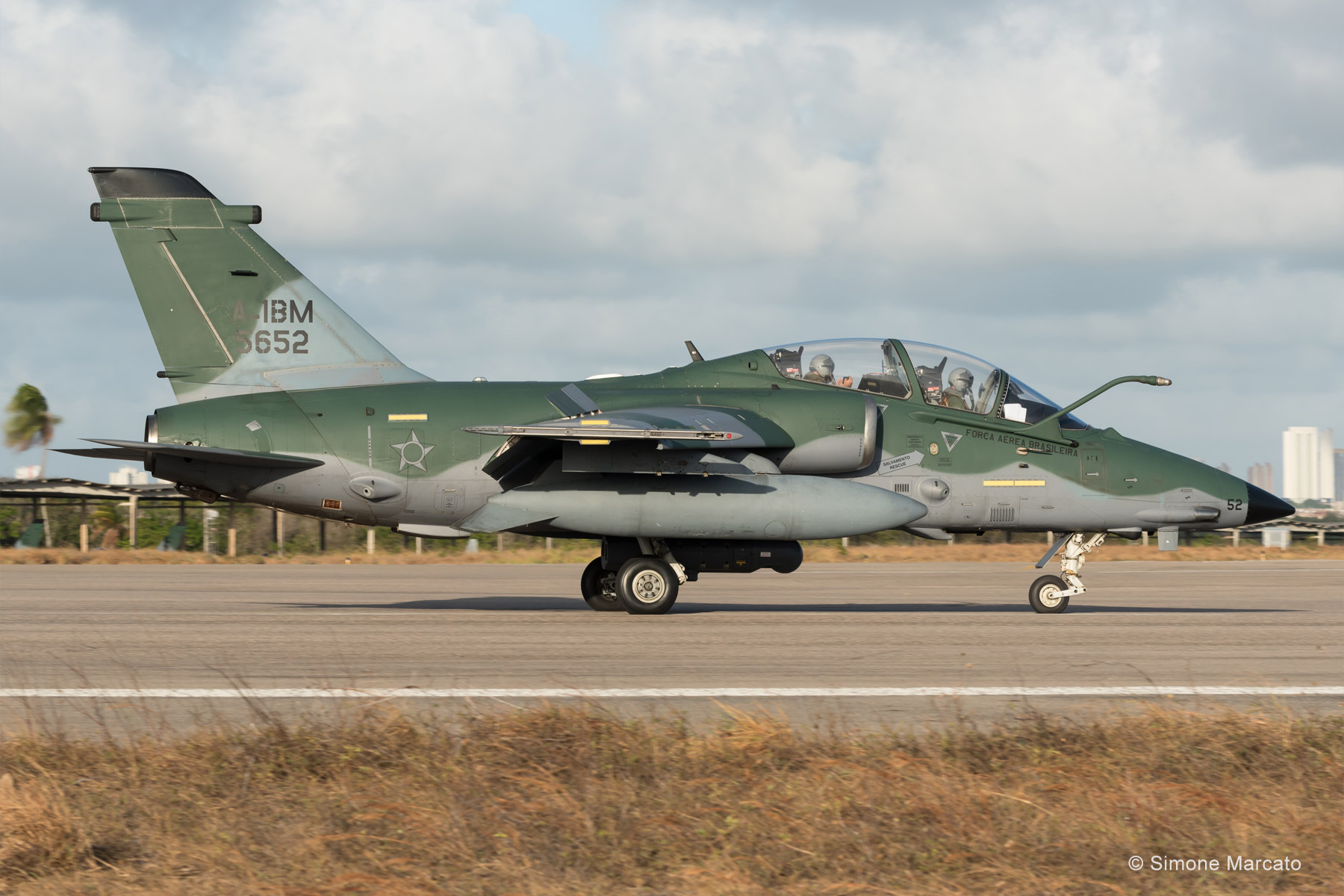
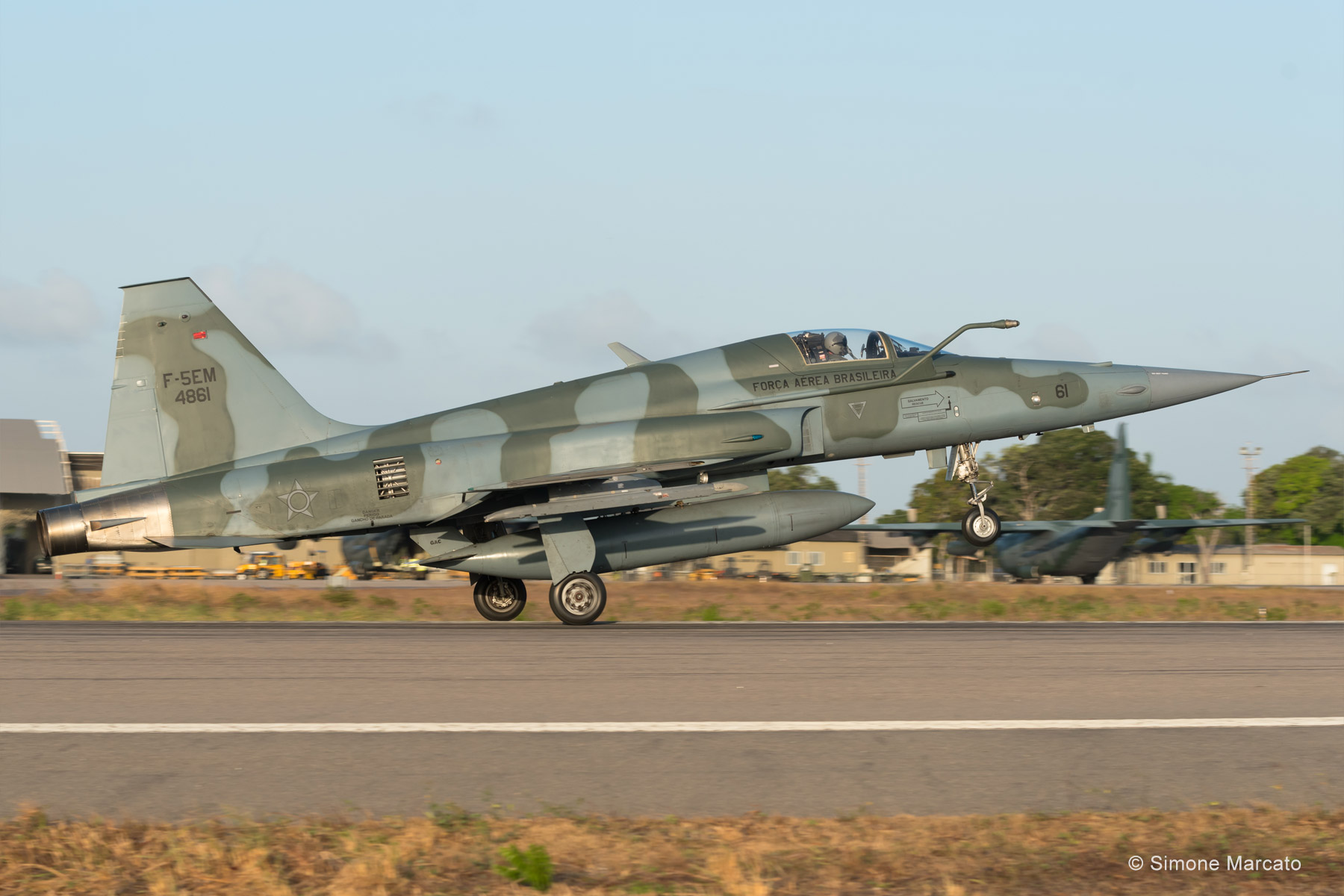
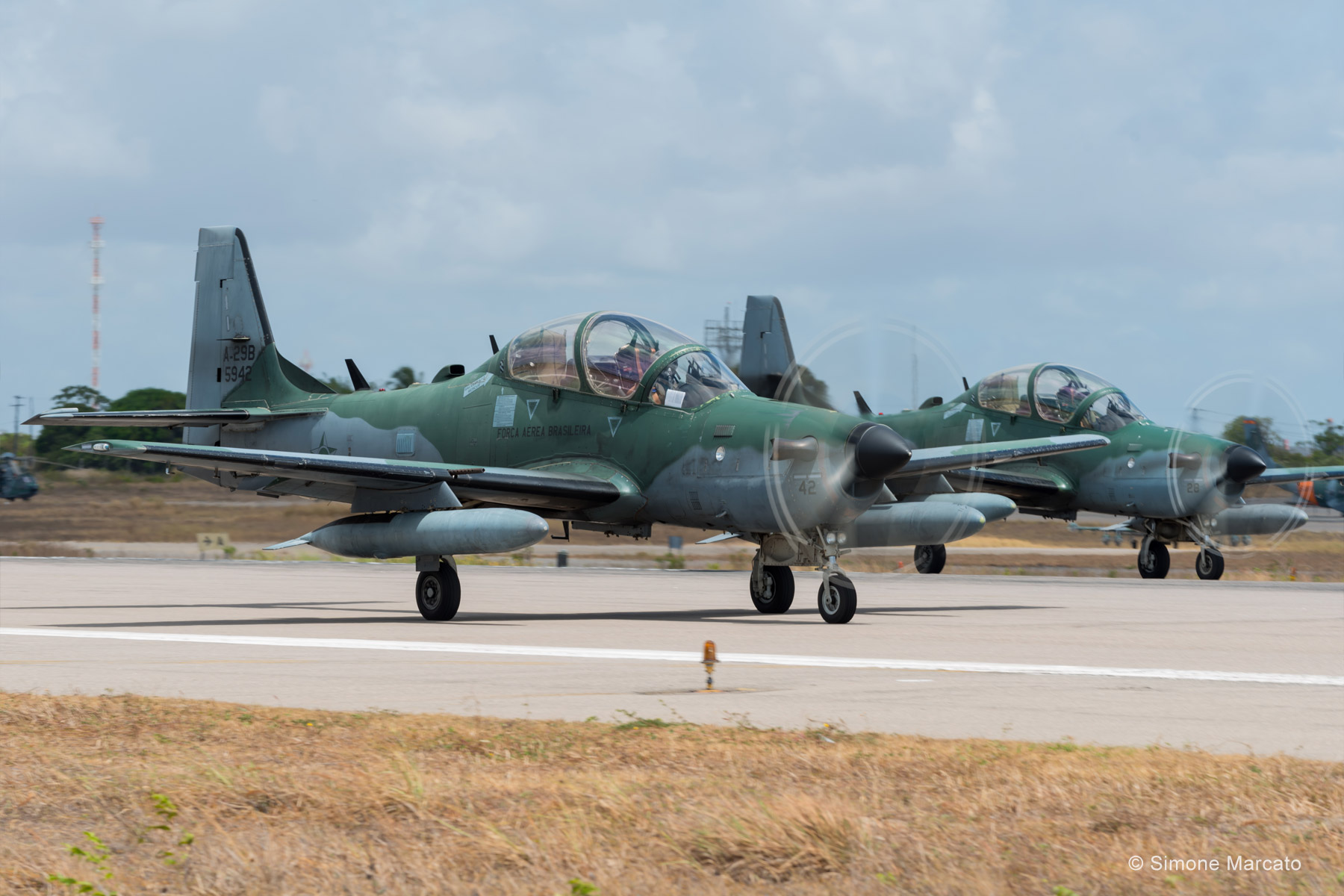
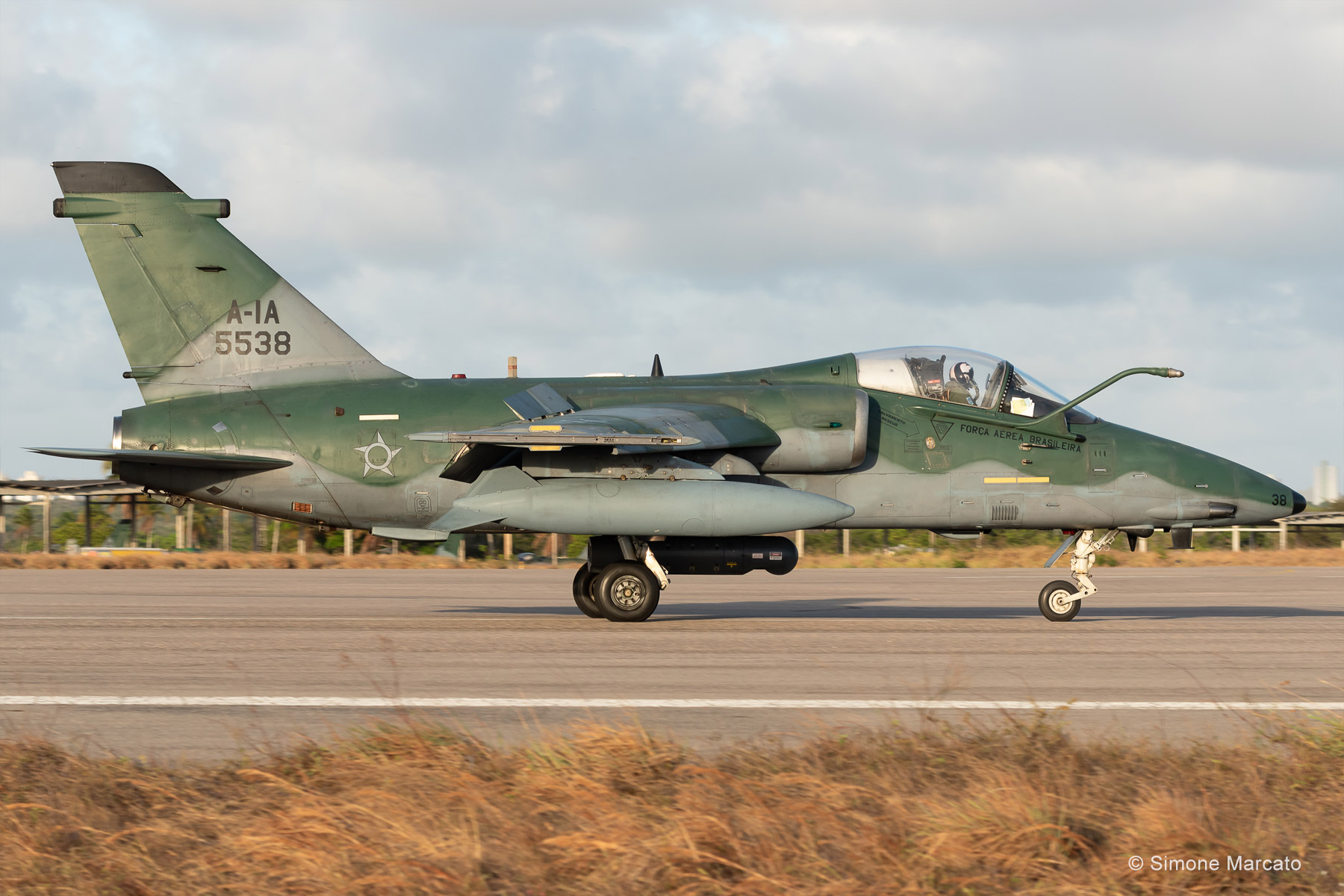
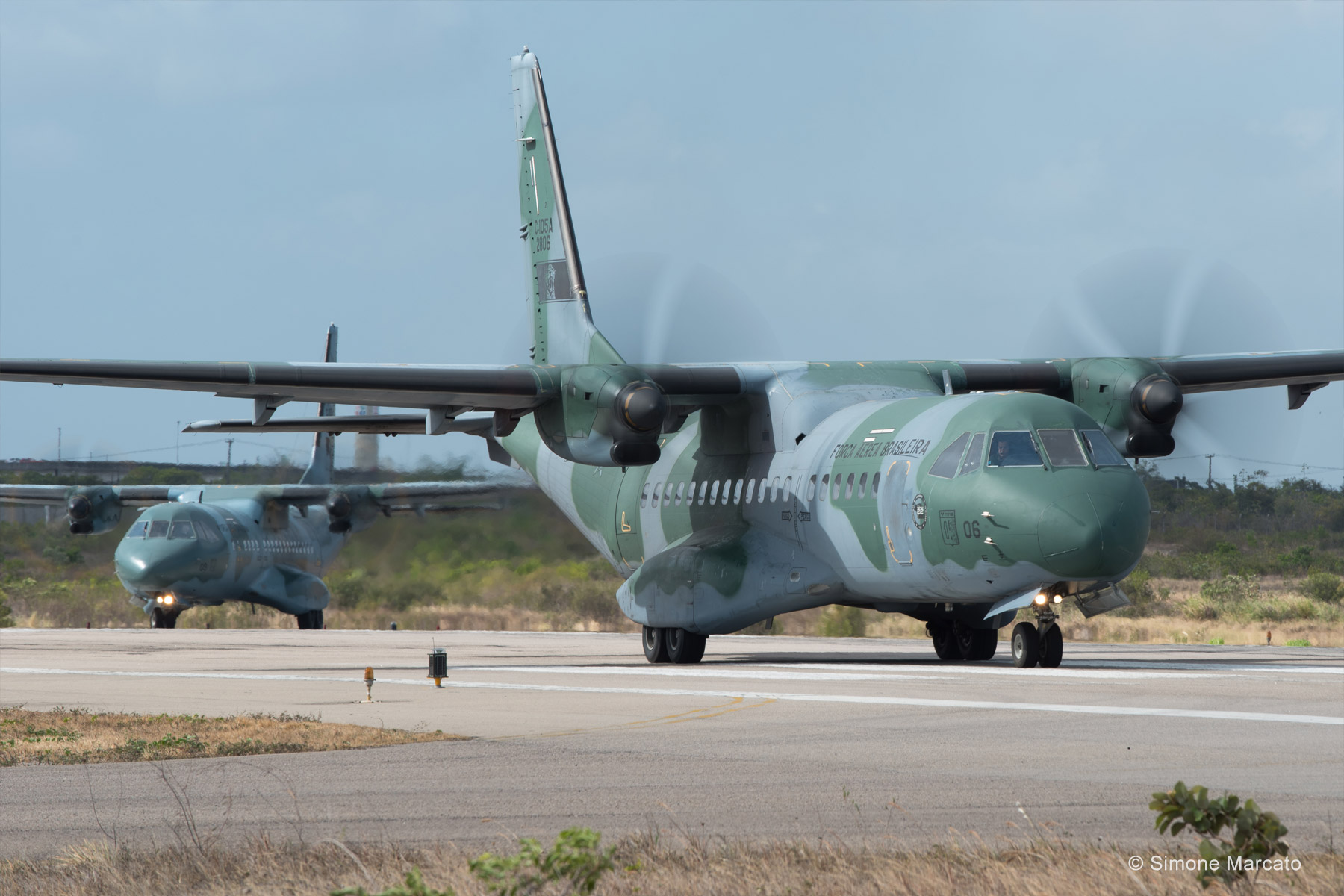
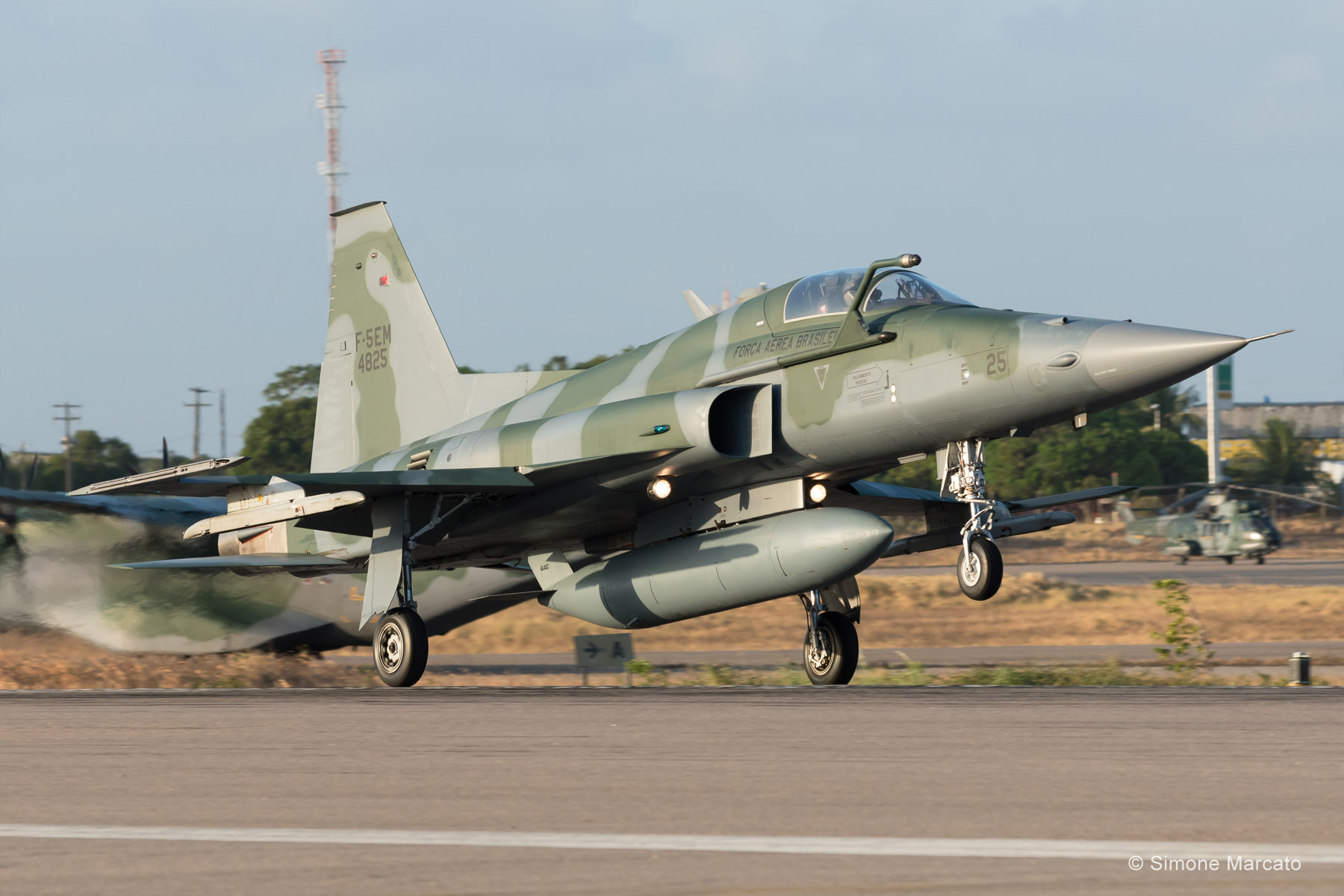
With around 20 aircraft from different units deployed in Natal, the F-5 was undoubtedly the type with the most airframes.
Eight AMXs (called A-1 by the FAB) represented the ground attack and tactical reconnaissance component along with approximately 15 A-29A/B Super Tucanos.
A single SC-105 (the designation for the SAR-optimized version of the CN-295) along with some Cougar and Caracal helicopters belonging to the Brazilian army were carrying out SAR and CSAR missions.
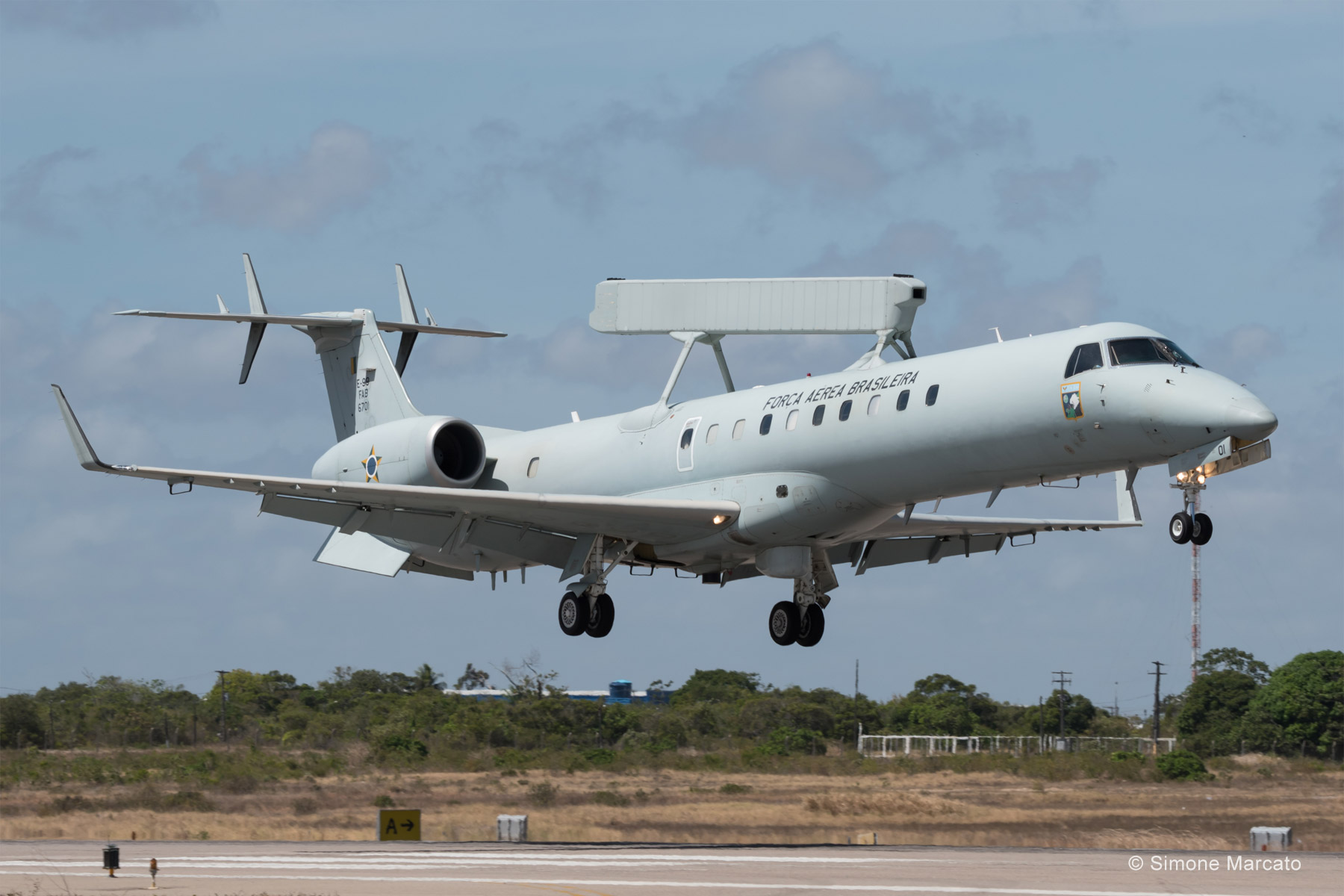
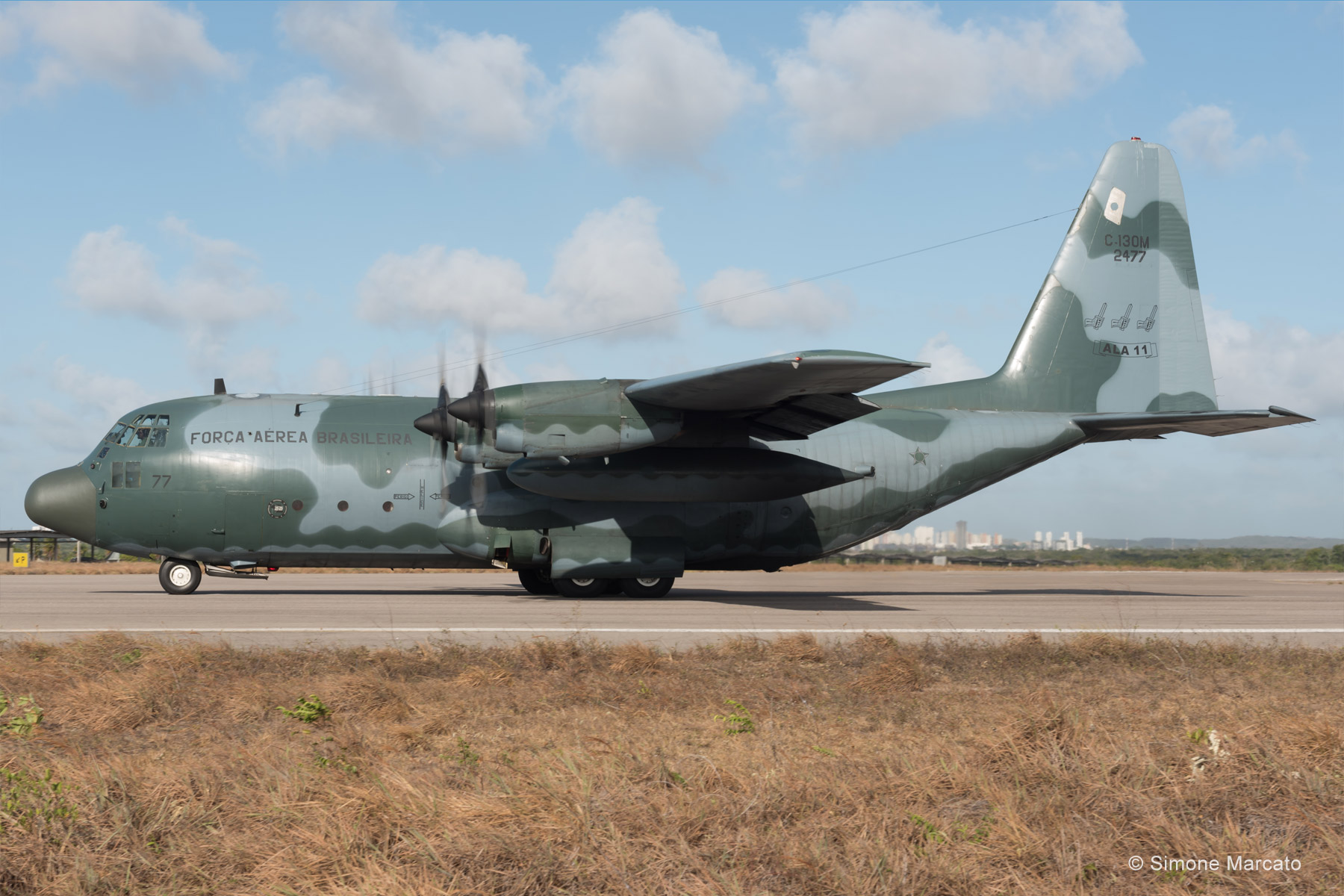
A couple of AWACS E-99 along with an R-99, all coming from Anápolis, ensured command and control of the operational theater, air communication, conducting ground target surveillance missions in favor of the Blue Forces involved in the COMAO (Composite Air Operations Course) and directing their airstrikes. They also carried out electronic warfare missions against enemy ground forces.
Three C-130M/KC-130M aircraft belonging to Wing 11, a pair of C-105A (CN-295) and several C-95 Bandeirante light transport aircraft have completed the FAB deployment in Natal.
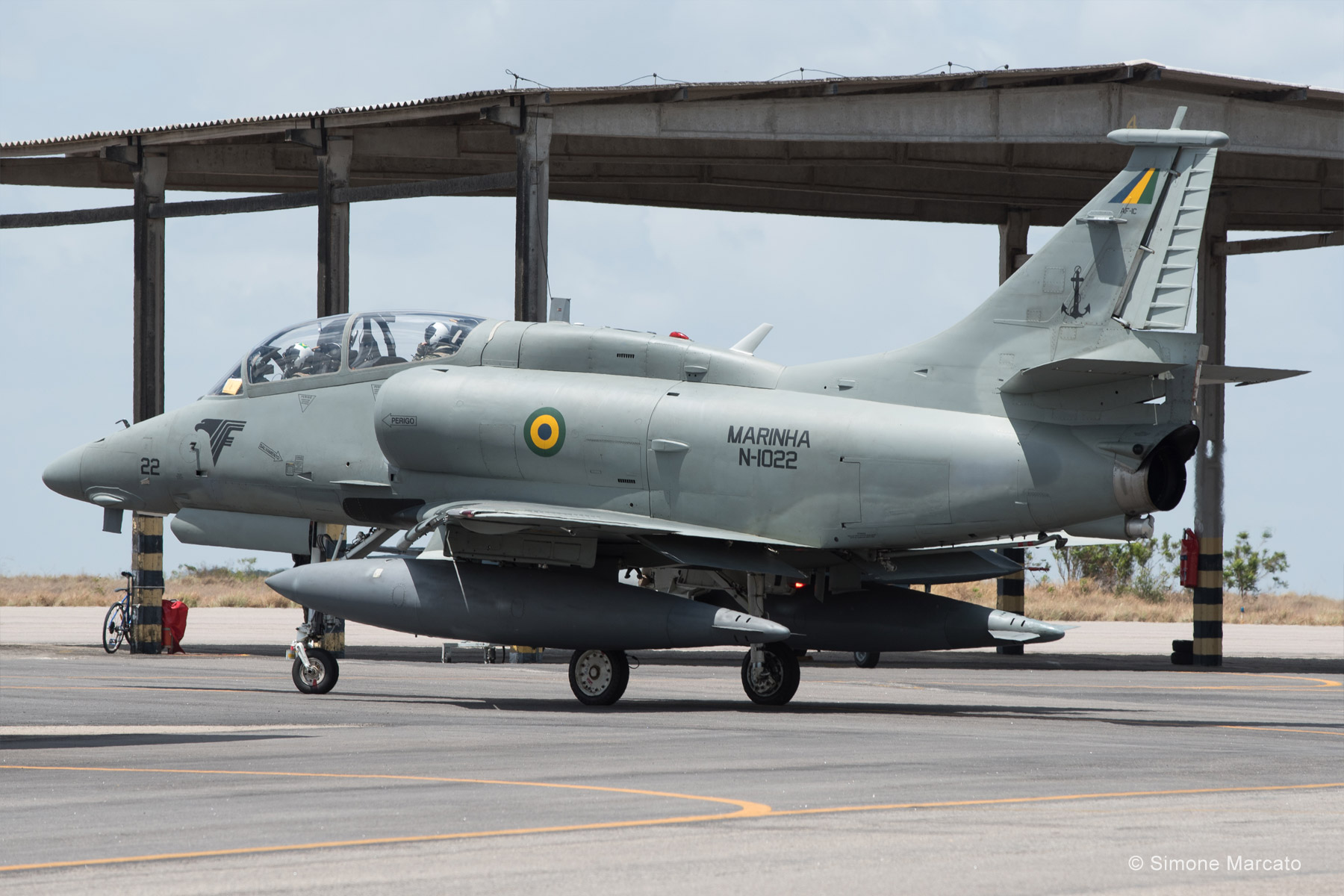
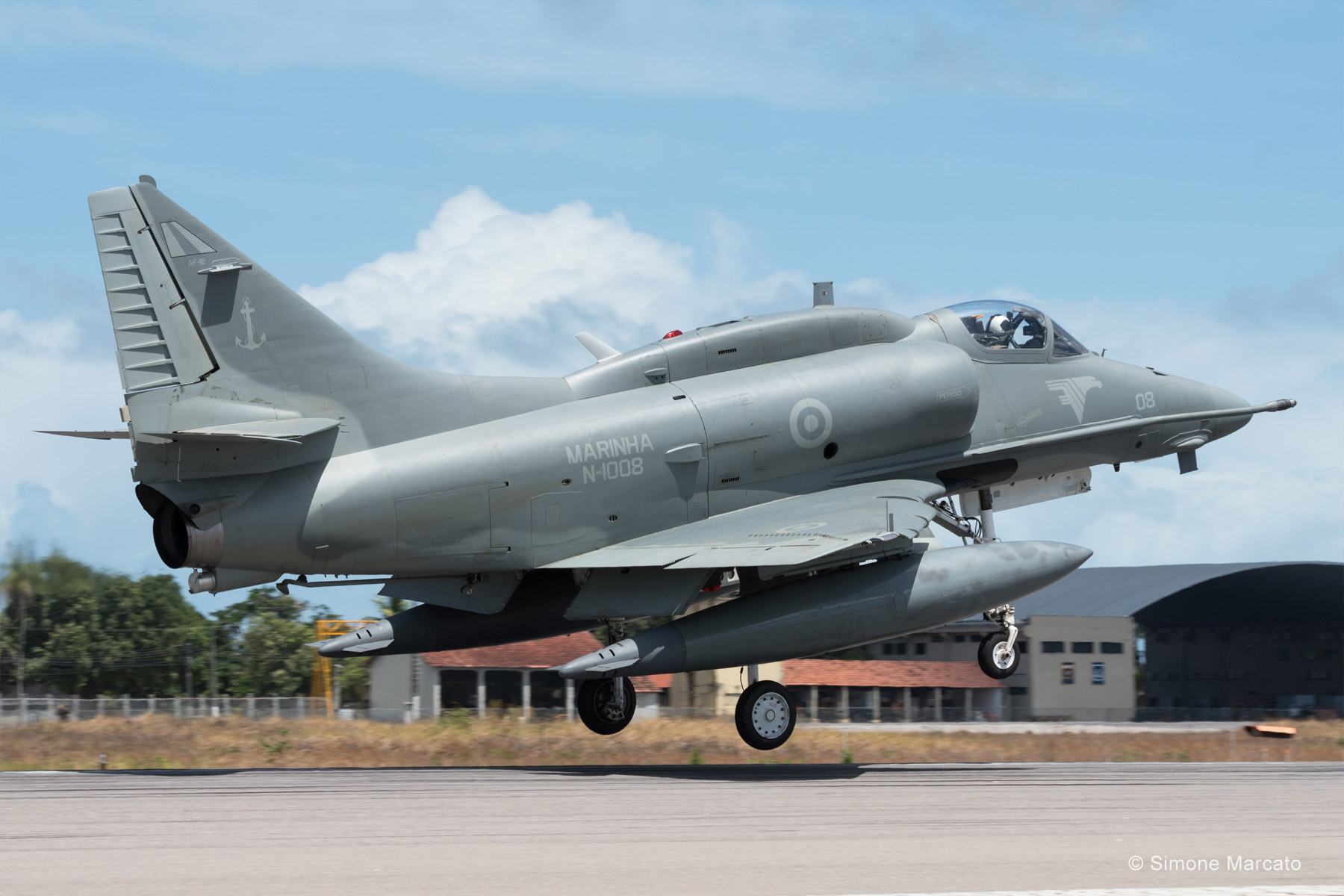
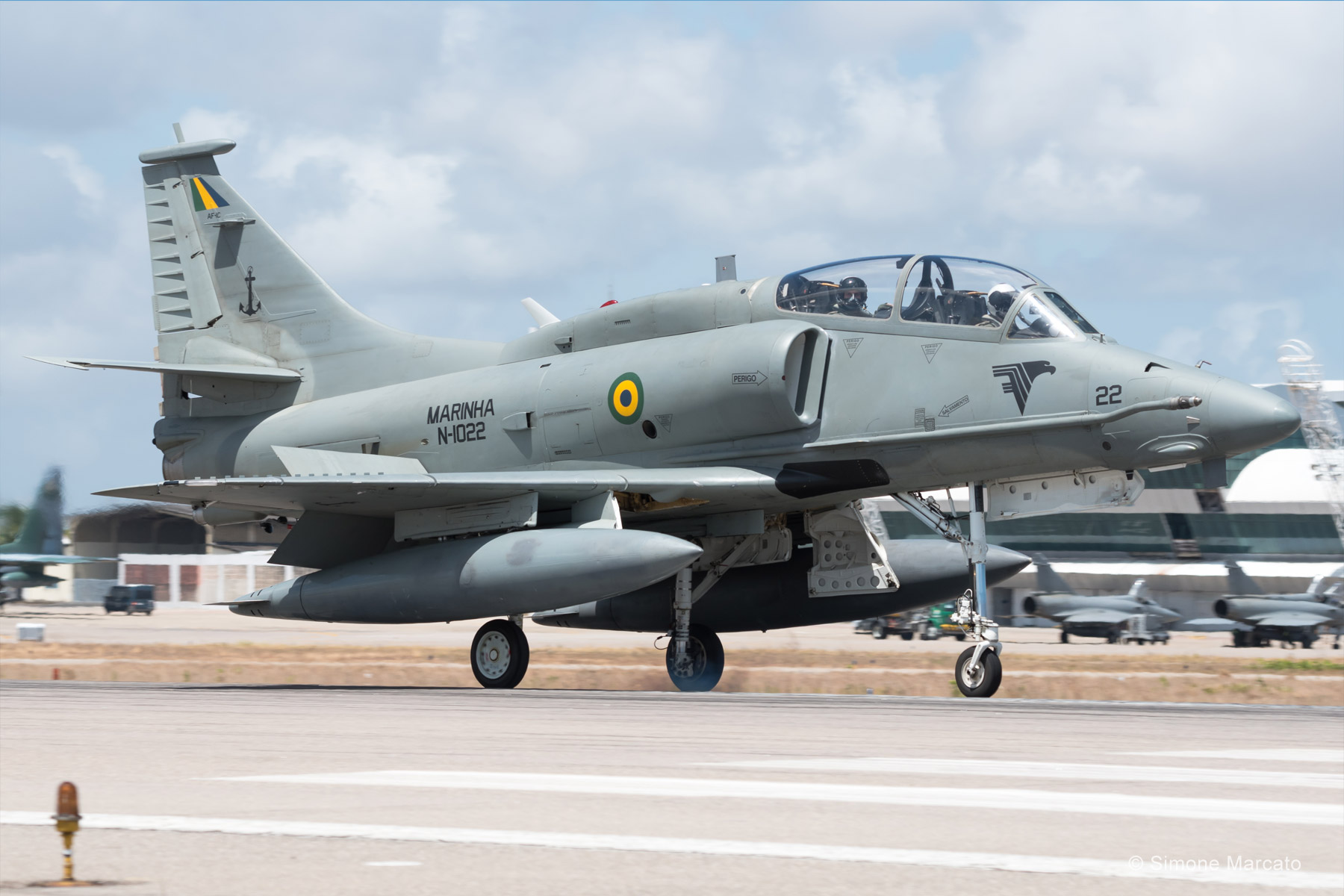
For the first time, the Brazilian Navy Aviation also participated in CRUZEX with two AF-1B/C fighter-bombers (local designation for the ex-Kuwaiti A-4KU/TA-4KU) recently modernized, belonging to 1st Squadron of Interception and Attack Aircraft VF-1 “Falcão,” the only fixed-wing combat unit of the Navy, based in São Pedro da Aldeia, State of Rio de Janeiro.
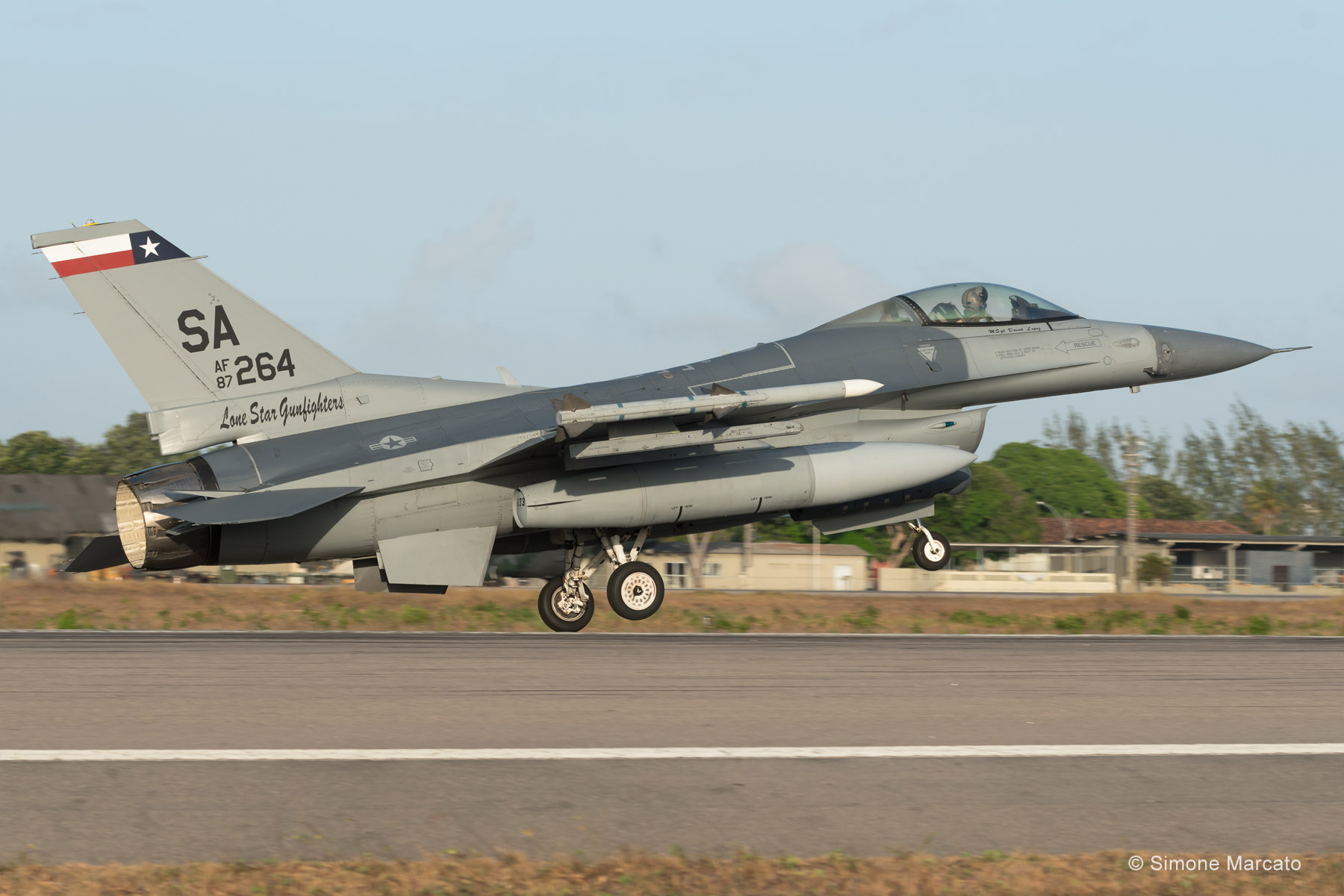
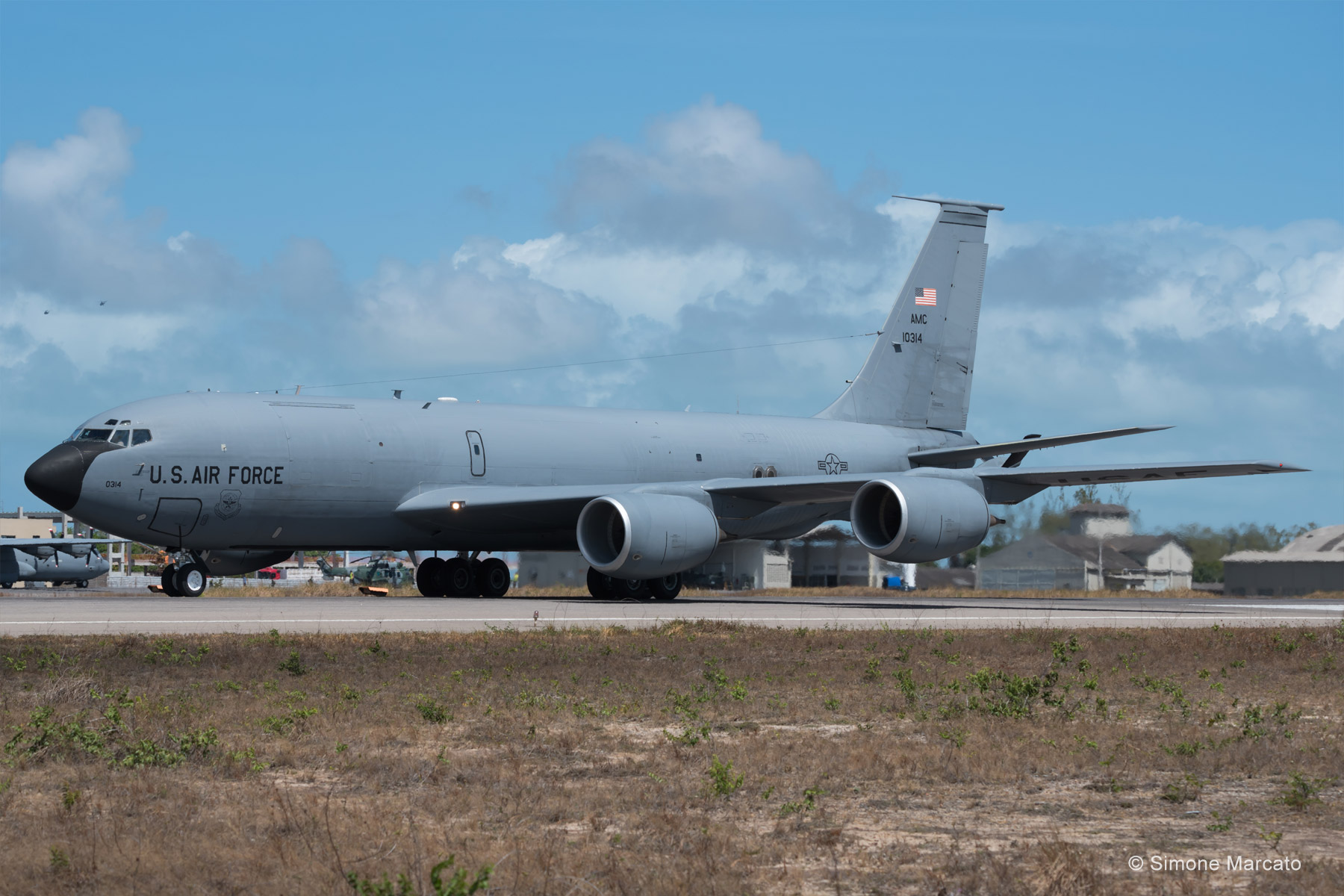
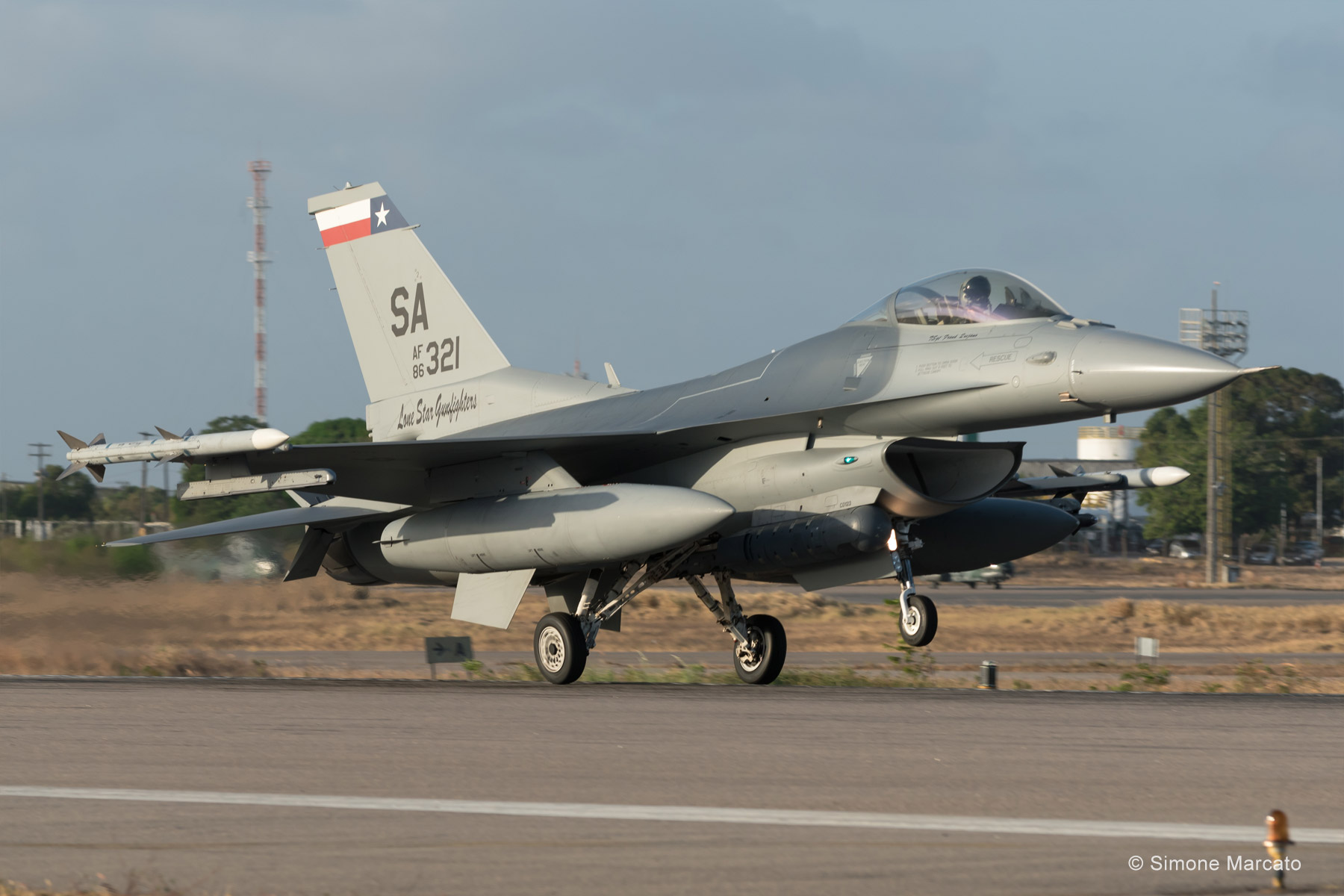
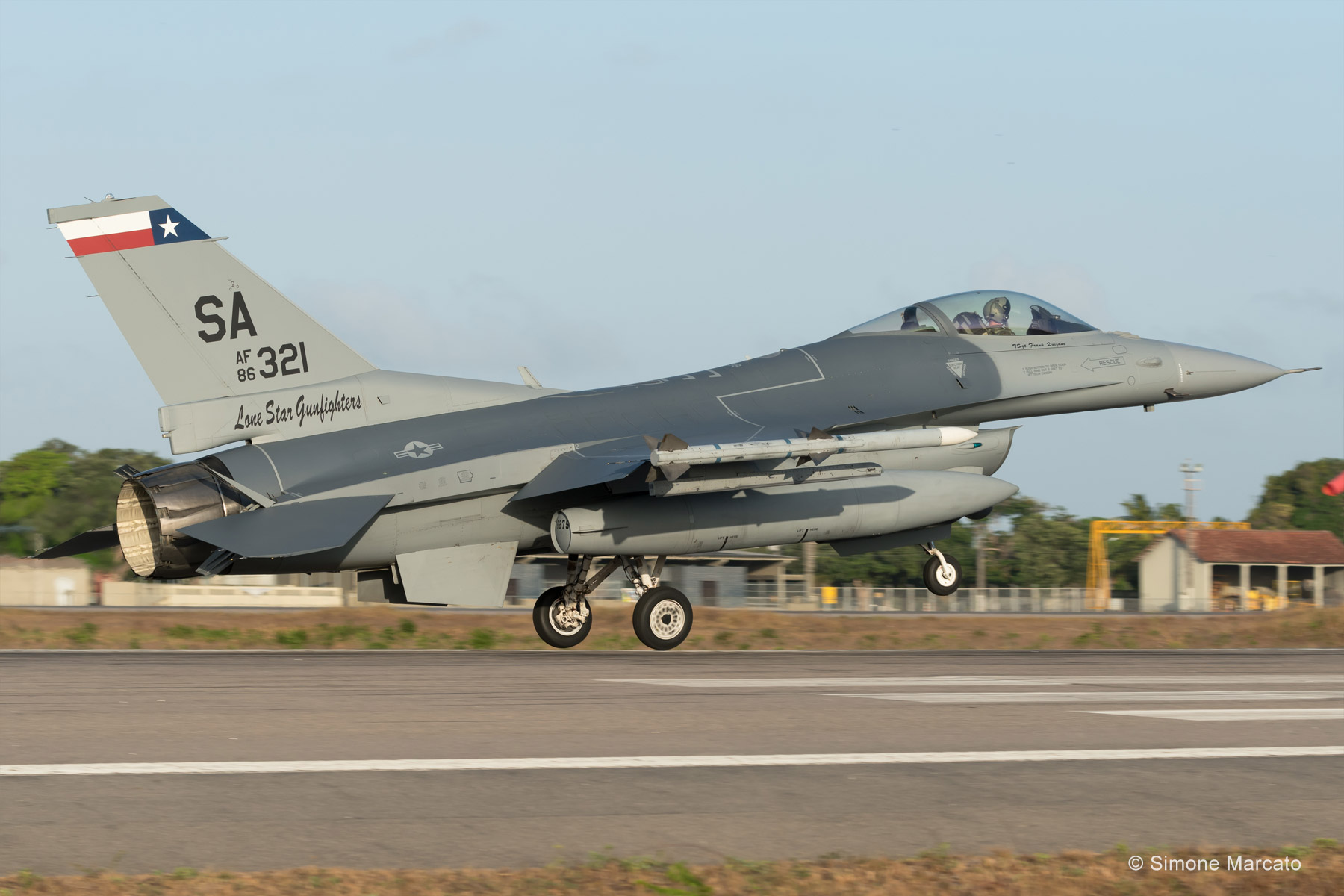
Participation from the U.S. was consisted of 130 military personnel, a KC-135 tanker, and six F-16C aircraft belonging to the 182nd Fighter Squadron, 149th Fighter Wing, Texas ANG, coming from Lackland Air Force Base.
Uruguay participated with three AT-37s belonging to the Air Combat Squadron No. 2, Second Air Brigade of the Uruguayan Air Force based in Durazno and about 30 military personnel under the command of Colonel Hugo Parentini.
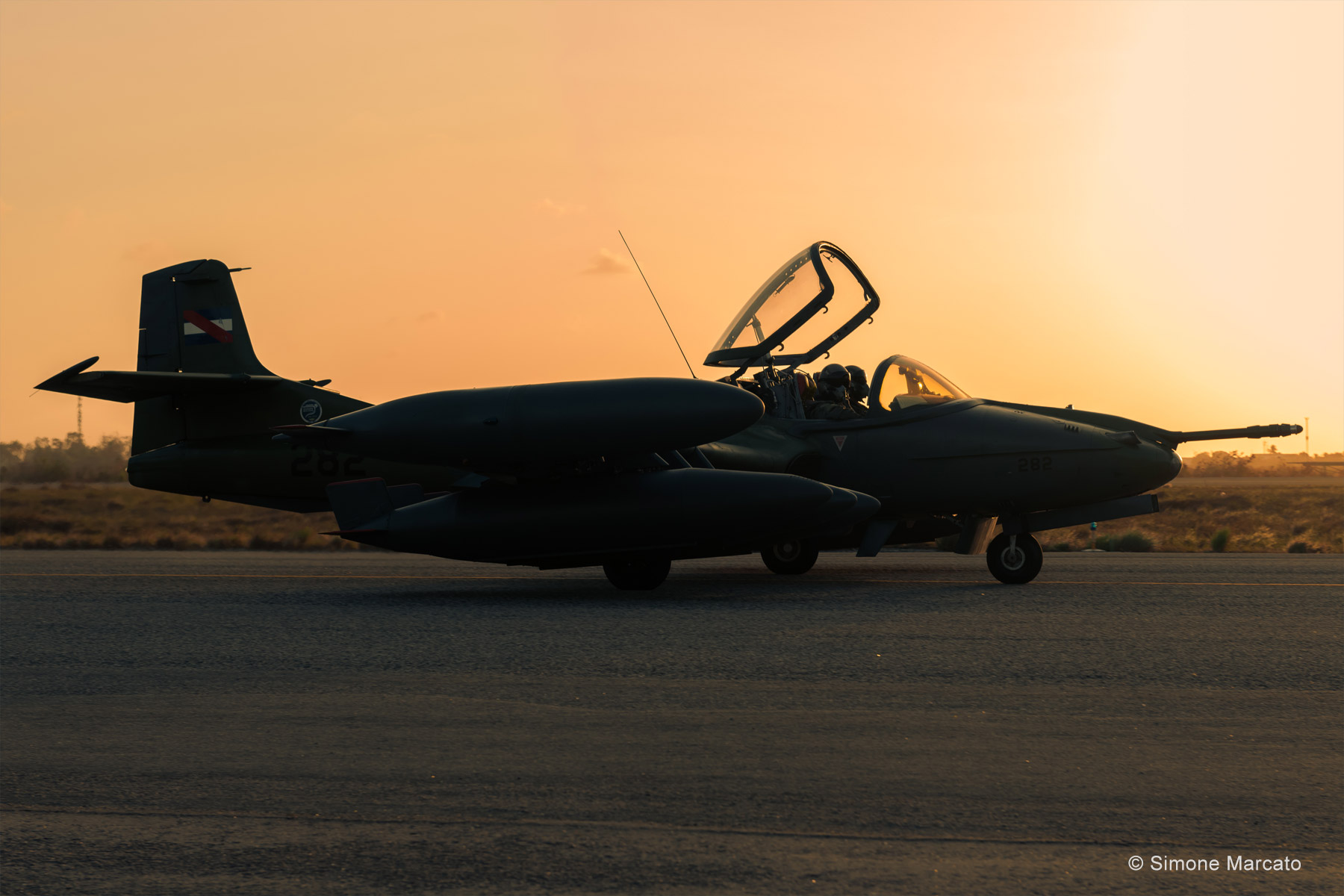
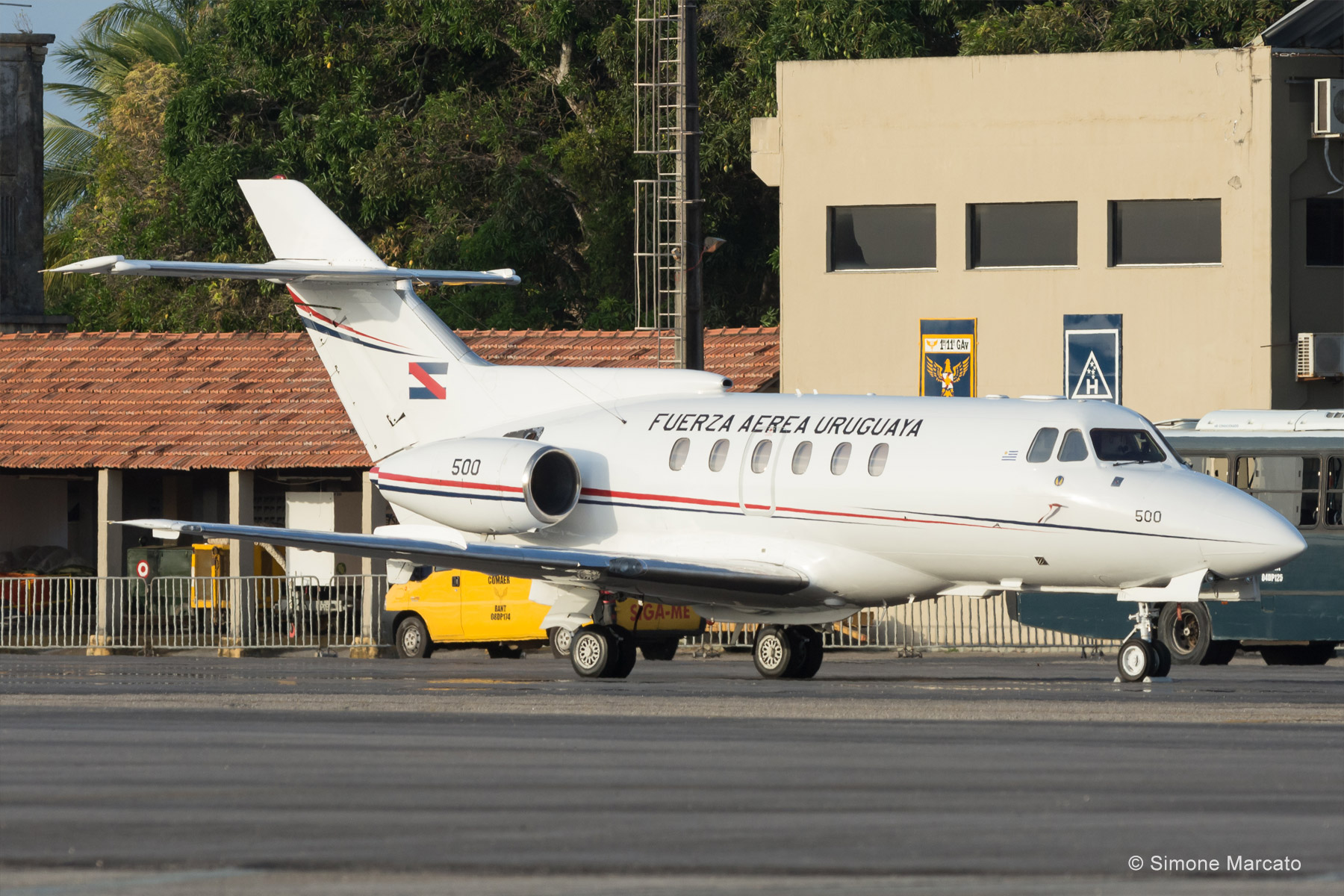
This CRUZEX edition marked the first time that the Peruvian Air Force (FAP) has deployed aircraft unlike previous years where they only participated with military observers. It should be noted that Peru’ was the only foreign air force that participated with several combat aircraft. The Peruvian detachment consisted of about a hundred soldiers, three single-seat Mirage 2000P fighters, and a two-seat Mirage 2000DP belonging to the 412th Fighter-Bomber Squadron, 4th Air Group, based in La Joya, and four AT-37 ground attack and tactical support aircraft from the 711th Fighter-Bomber Squadron, 7th Air Group, based in Piura.
“We decided to participate in CRUZEX last year. It is our first participation in an international event of this magnitude, and believe me when I say that it was a great effort for our air force, both from an organizational and logistical standpoint” explained Major General Barack Castro Moises Antonio, commander of the Peruvian detachment, who added: “It is the most important exercise of this kind in South America, and for us, it is essential to participate to increase our level of interoperability with our neighbors.” We want to meet expectations by showing preparation and professionalism.”
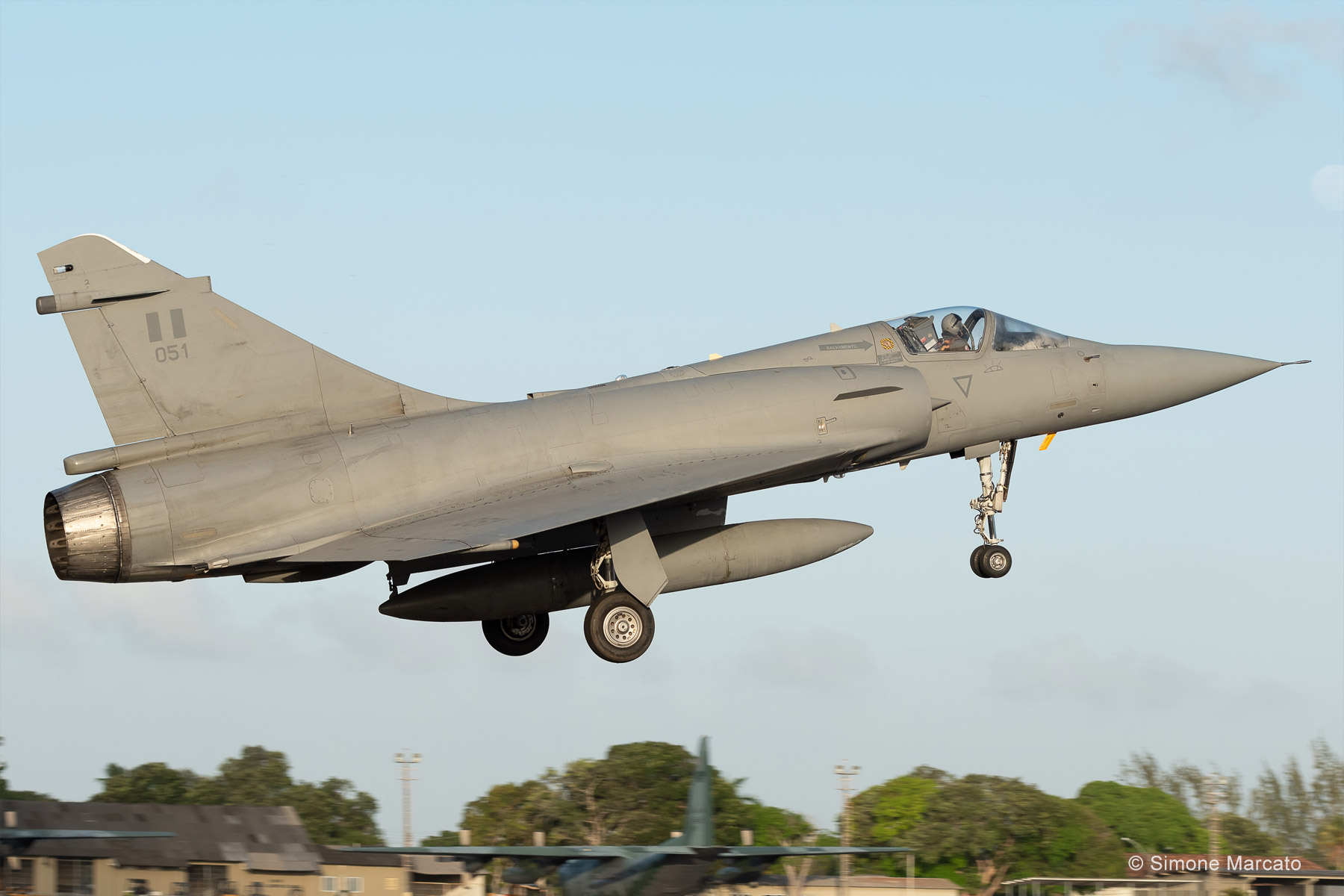
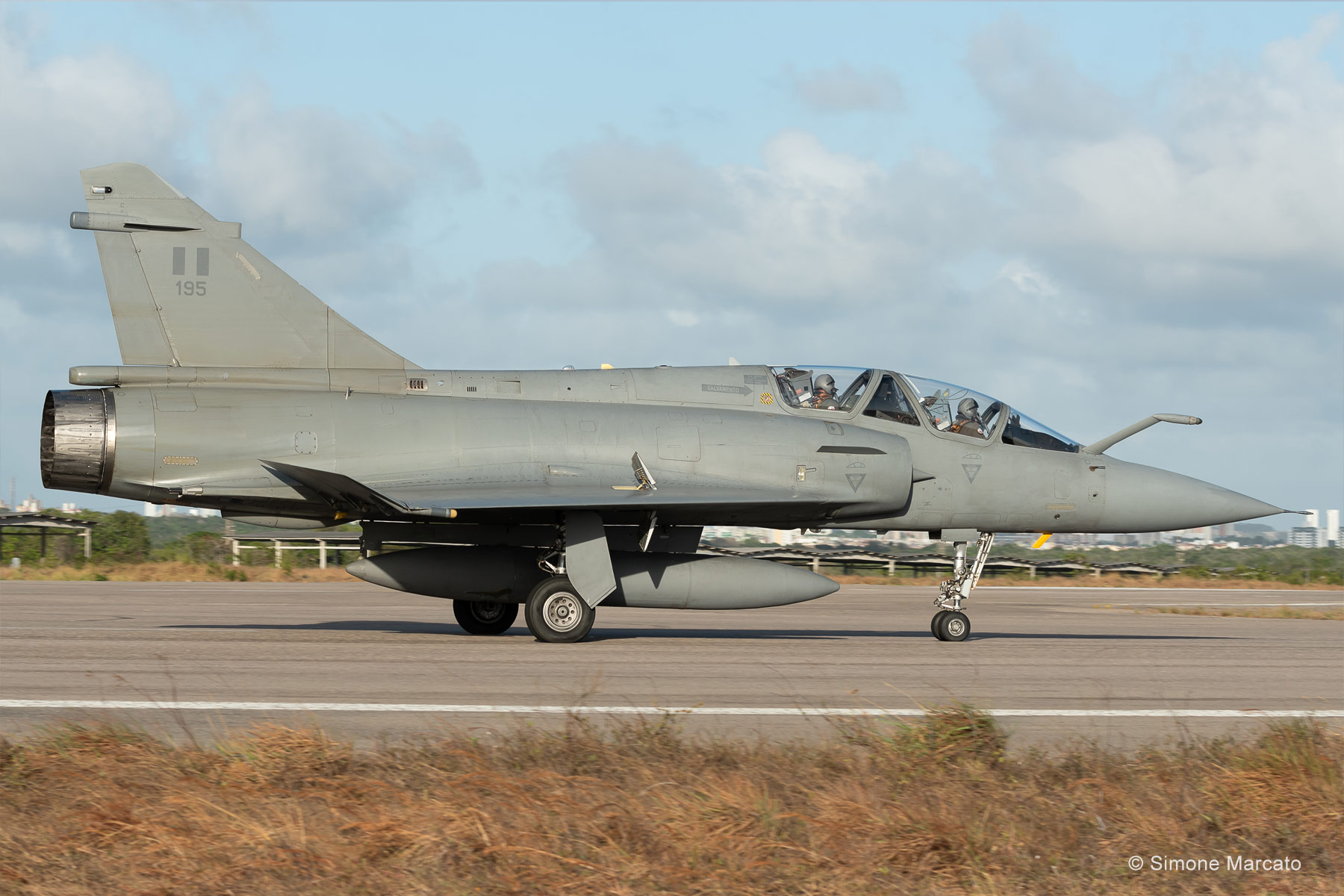

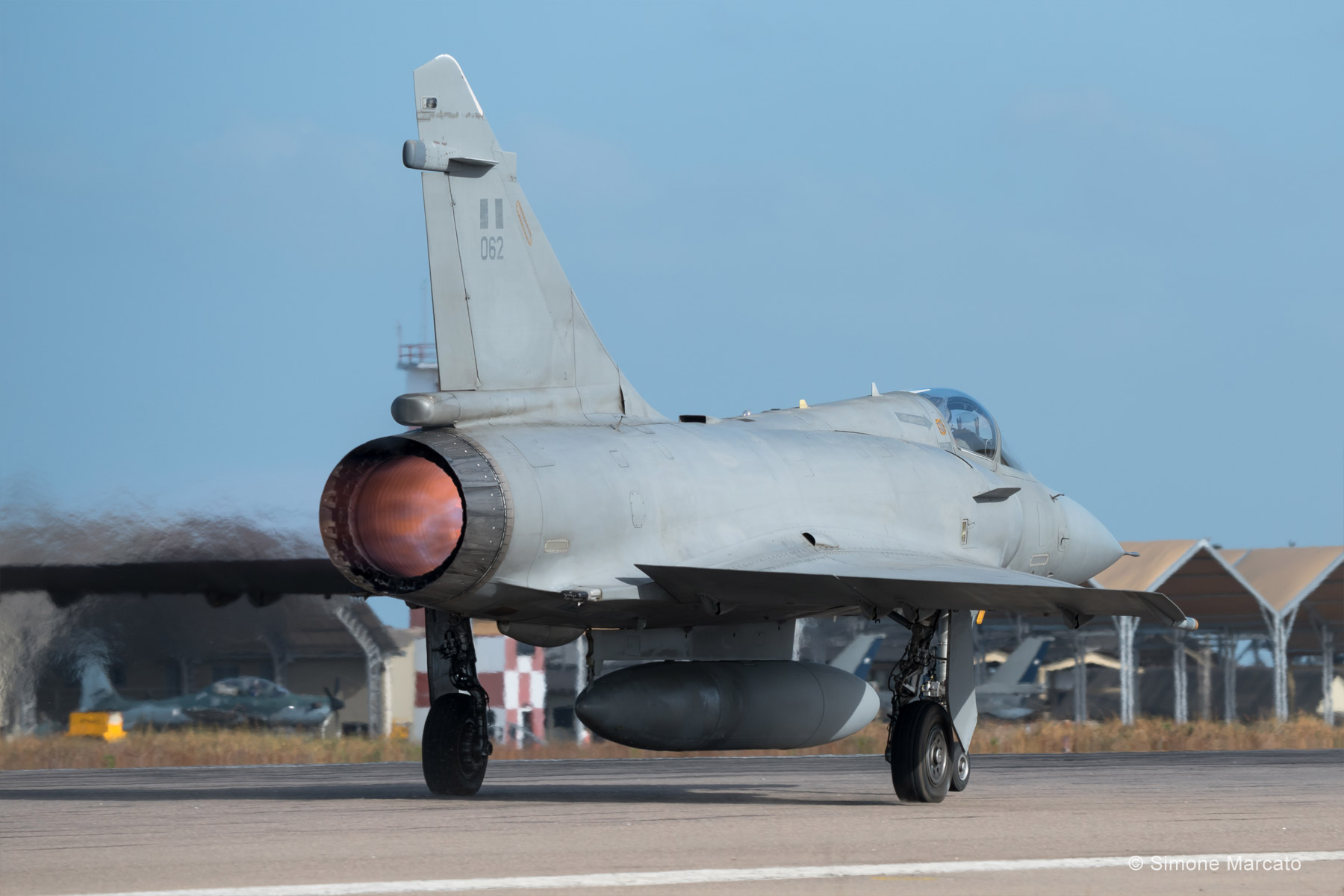
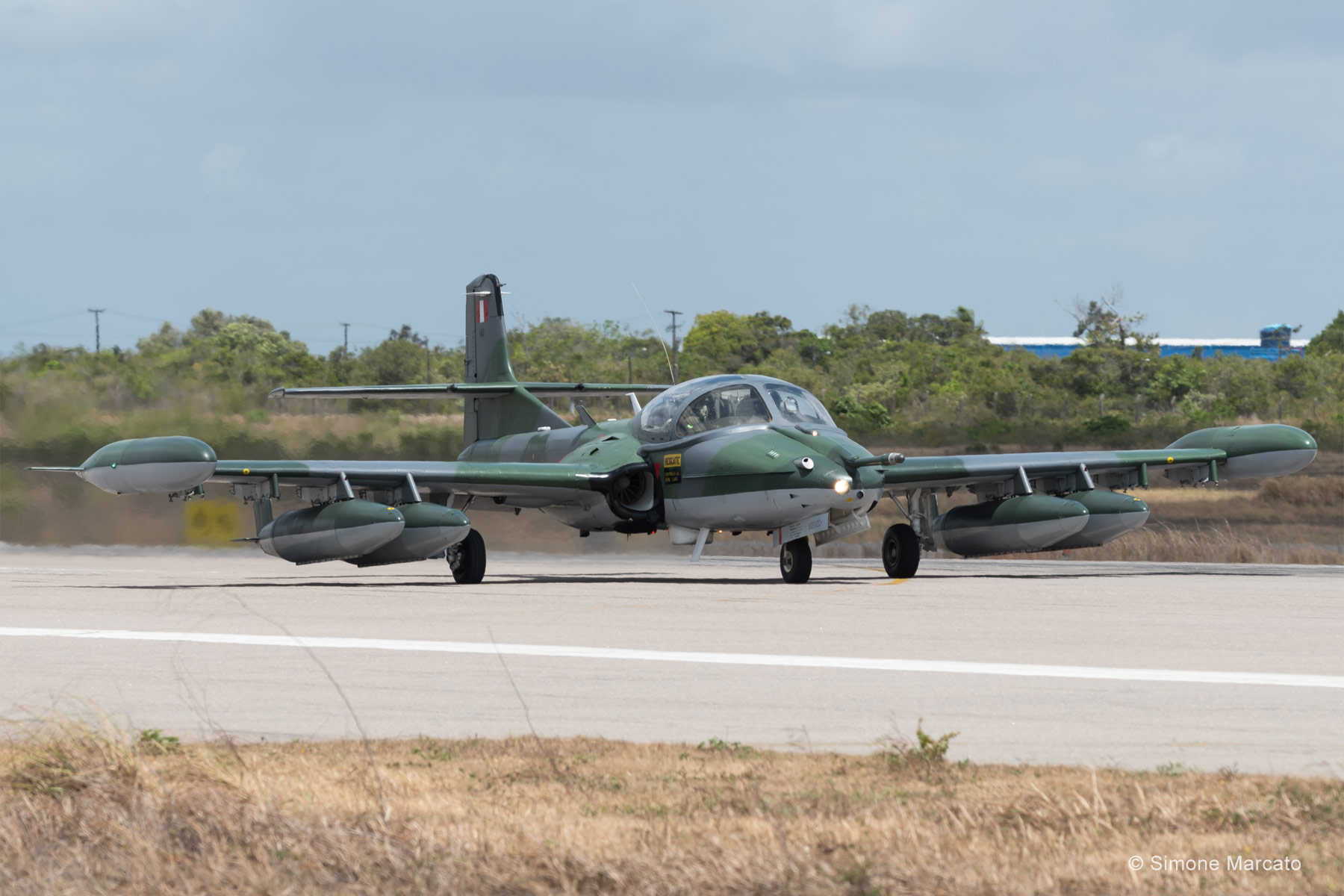
France participated with a single CN-235 from the Armée de l’Air, belonging to ET 00.068 Antilles-Guyane, based in French Guiana at Base Aérienne 367 in Cayenne/Rochambeau.

Canada has sent two CC-130J-30 aircraft from the 436th Transport Squadron, 8 Wing, CFB Trenton, Ontario, and just over 40 military personnel from both the air force and the army. The Canadian aircraft were used, along with Brazilian transport aircraft, for the dropping of supplies and paratroopers.
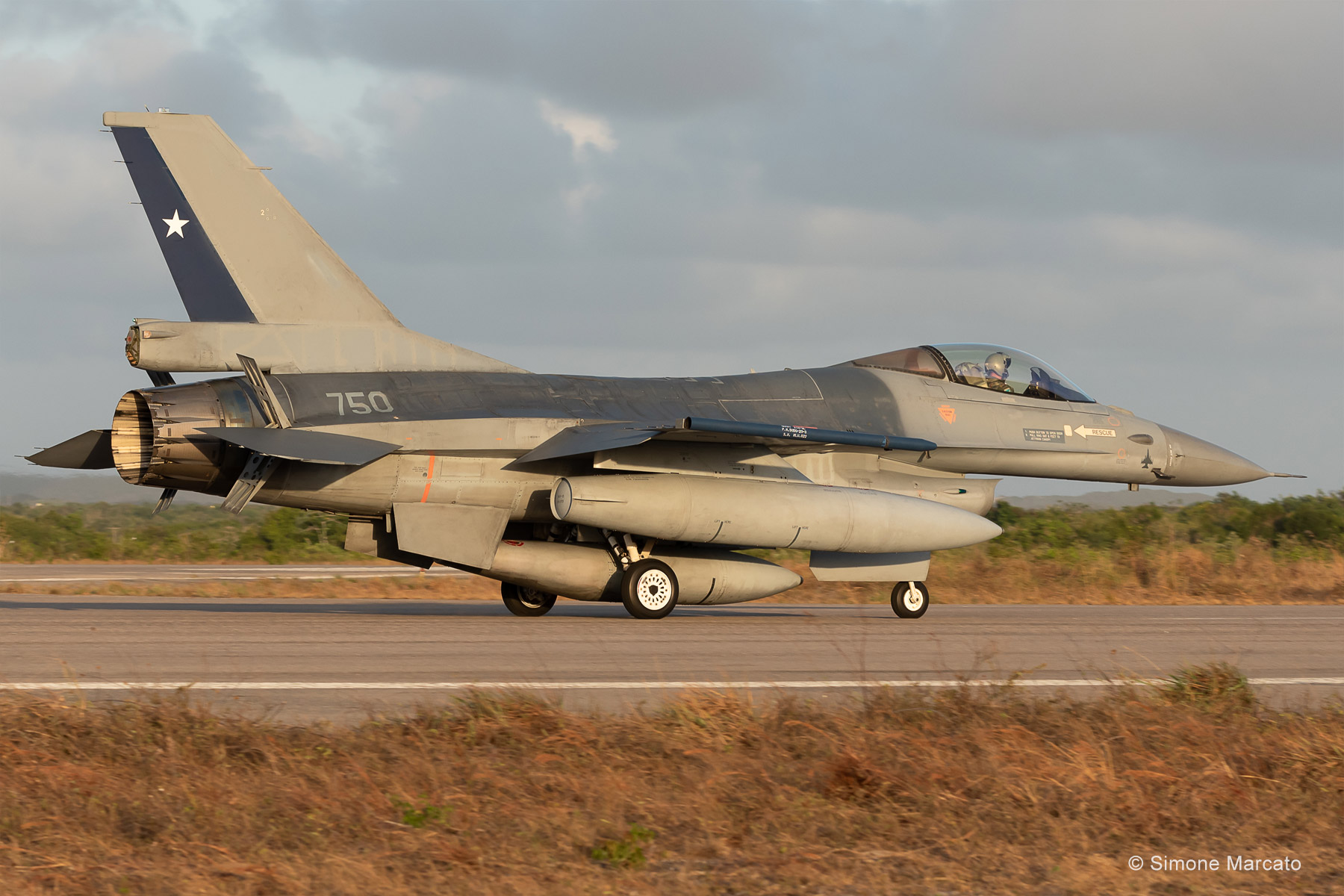
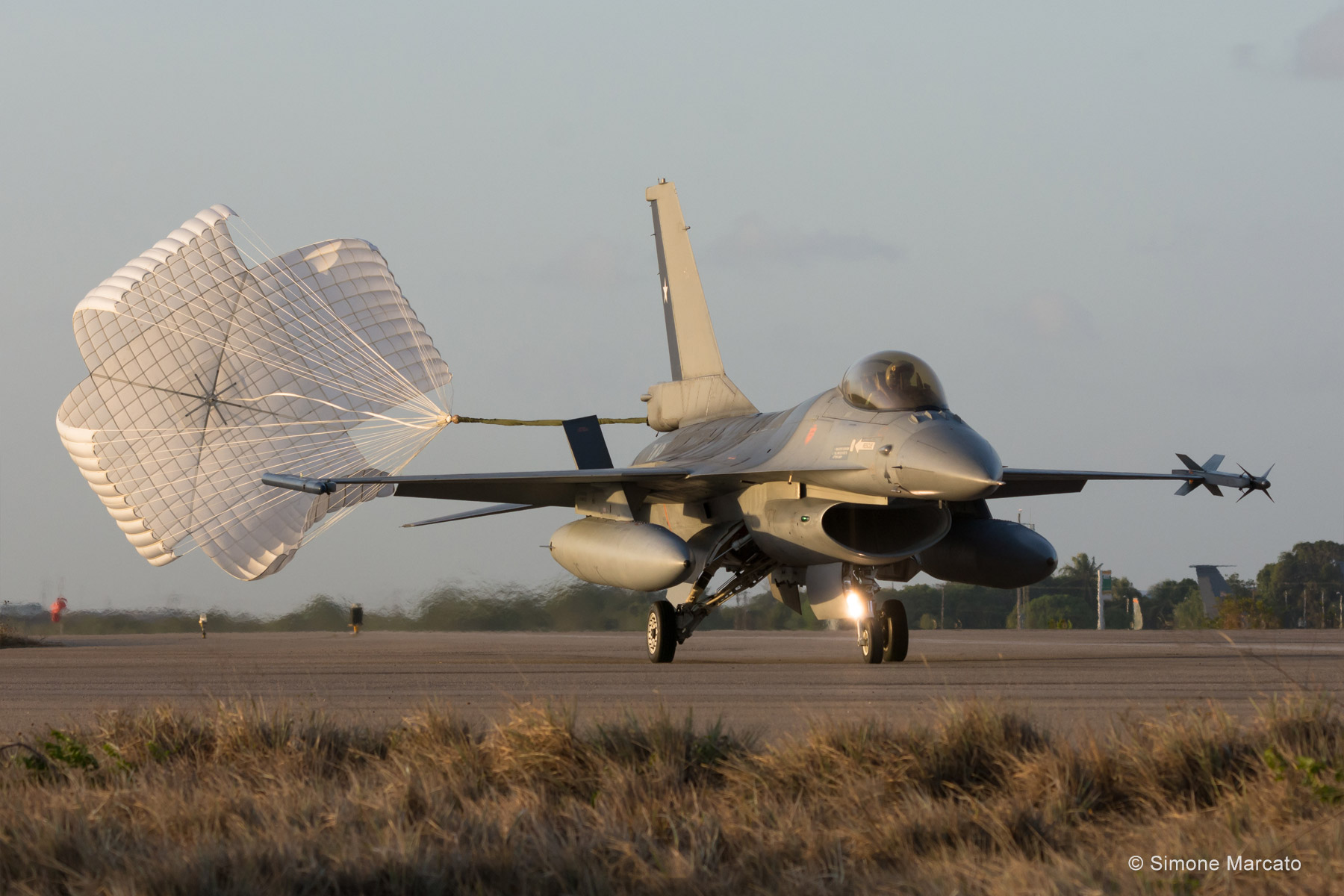
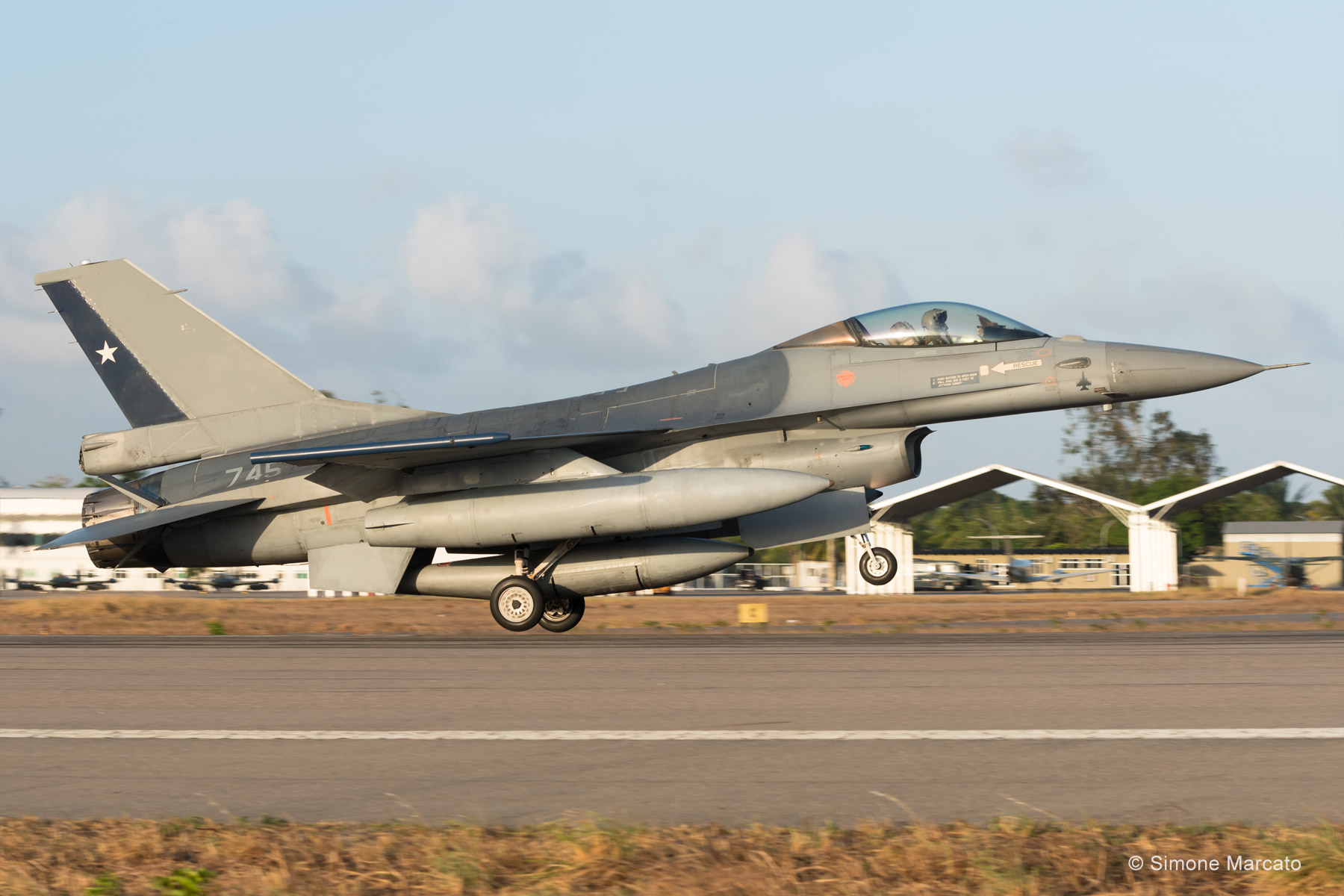
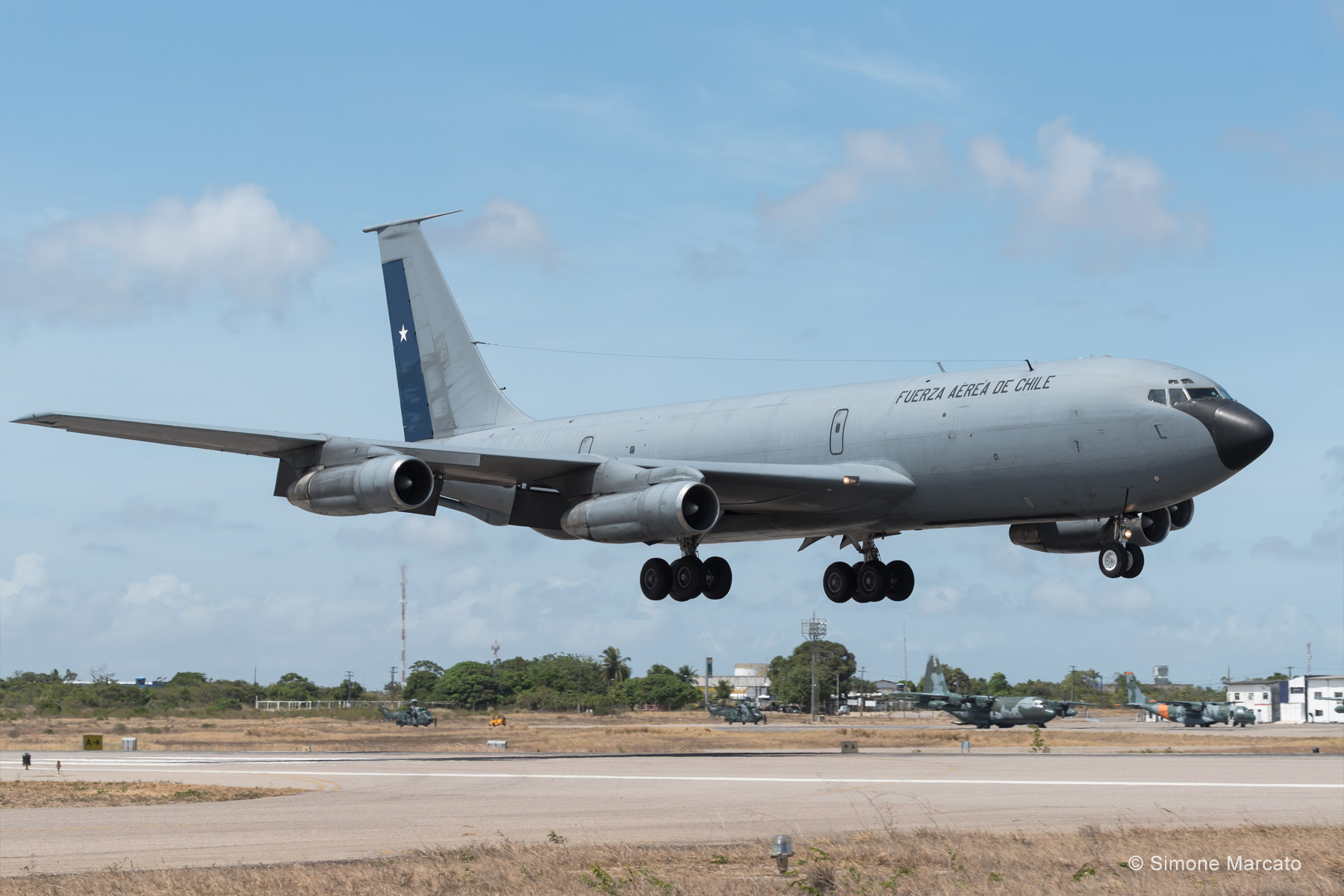
The Chilean Air Force, or FACh, in their fourth participation at CRUZEX, has participated with five F-16AMs from the Grupo de Aviación Nº7, V Brigada Aérea, based in Antofagasta/Cerro Moreno, and a single KC-135E Stratotanker from the Grupo de Aviación Nº10, II Brigada Aérea of Santiago de Chile.
Approximately 90 pilots and specialists were present in Natal. “We are very interested in updating our tactics, validating them and increasing our level of interoperability, and of course also strengthening ties with the air forces of friendly nations,” said Colonel Pineda.
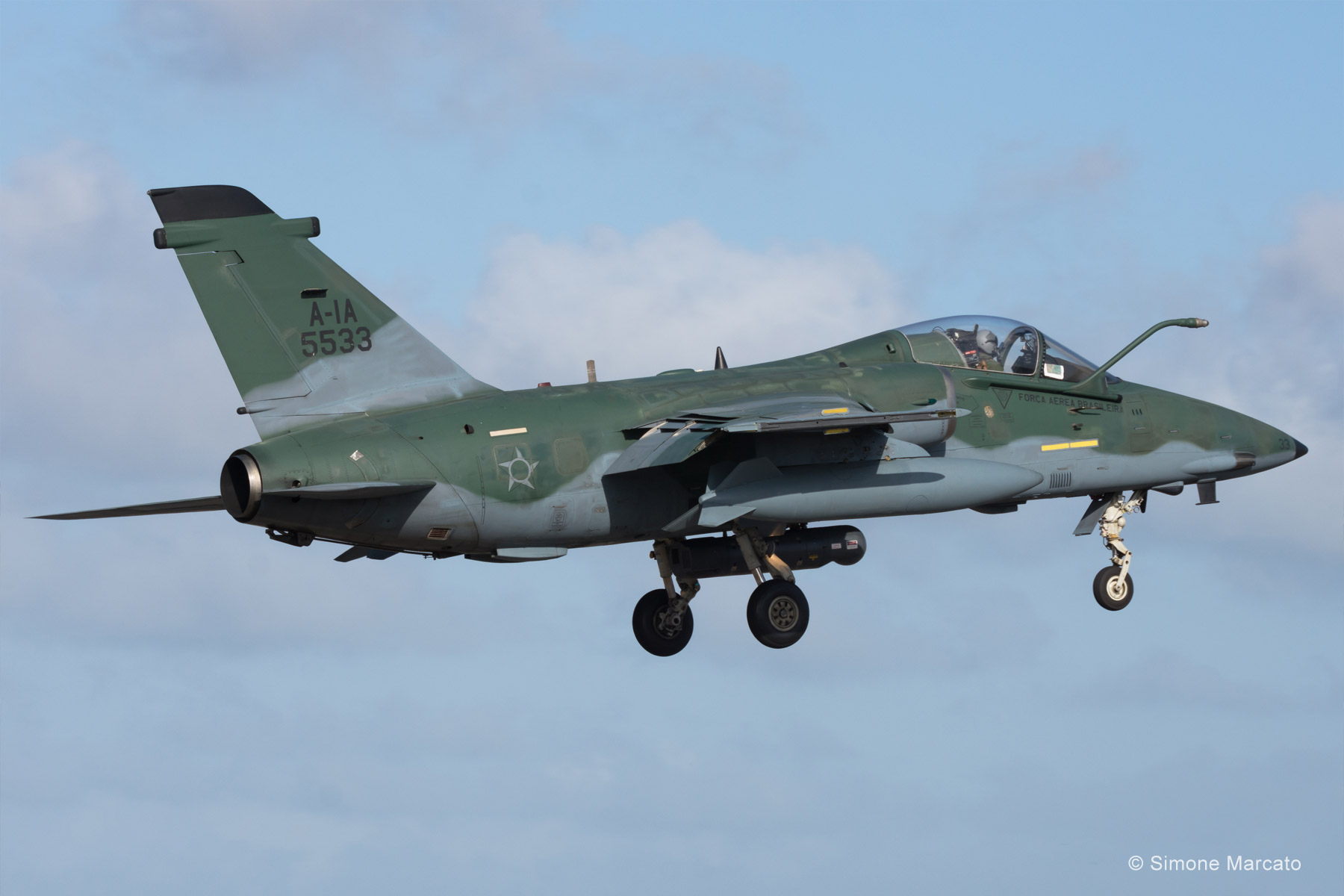
The exercise
“The first two days of activities are dedicated to training in communication and flight procedures, as well as familiarization with the operational area, conducting both the so-called FAM or Familiarization Flights, and the FIT flights, an acronym for Forces Integration Training,” said the head of the CRUZEX control division, Colonel Francisco Bento Antunes Neto.
If the FAM were conducted only on the first two days, the FIT were carried out every afternoon during both weeks of the exercise as preparatory flights for the Composite Air Operation (COMAO).
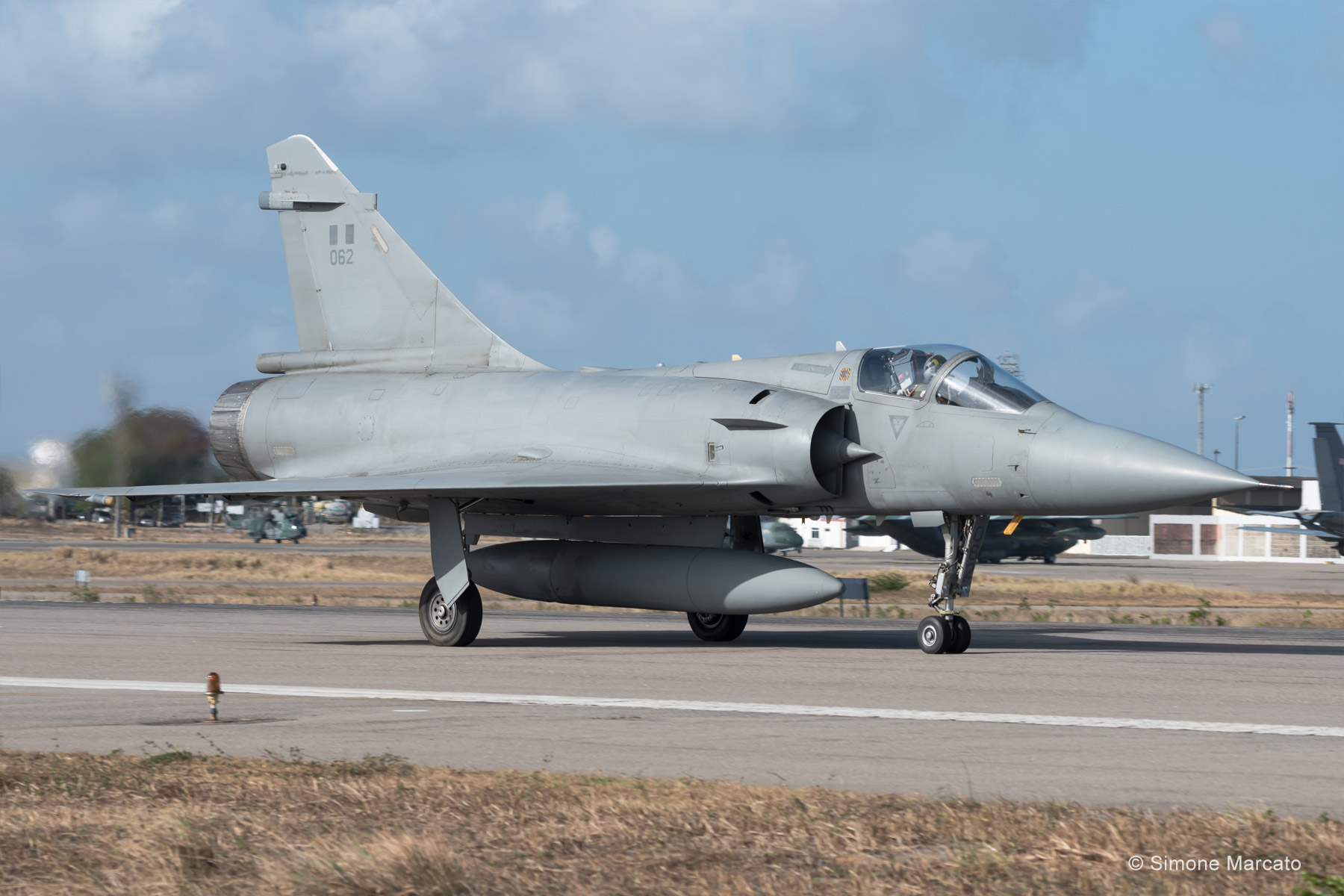
From the third day onwards, the exercise consisted in two daily missions during the following two weeks.
The first COMAO took place on November 21 with a mass launch of 59 aircraft of various types and nations. The COMAOs always took place in the morning, with takeoffs starting at around 9 a.m. The crews were involved in a conventional war scenario, carrying out missions with common or complementary objectives.
All sorties were planned and flown during daylight hours, and for each crew, the flight activity began the day before with a briefing where they received weather details, mission target information, as well as enemy and ground force situation updates. In order to optimize the benefits for all participants, the whole plans were rotated among the crews of the various nations, just like in previous editions.
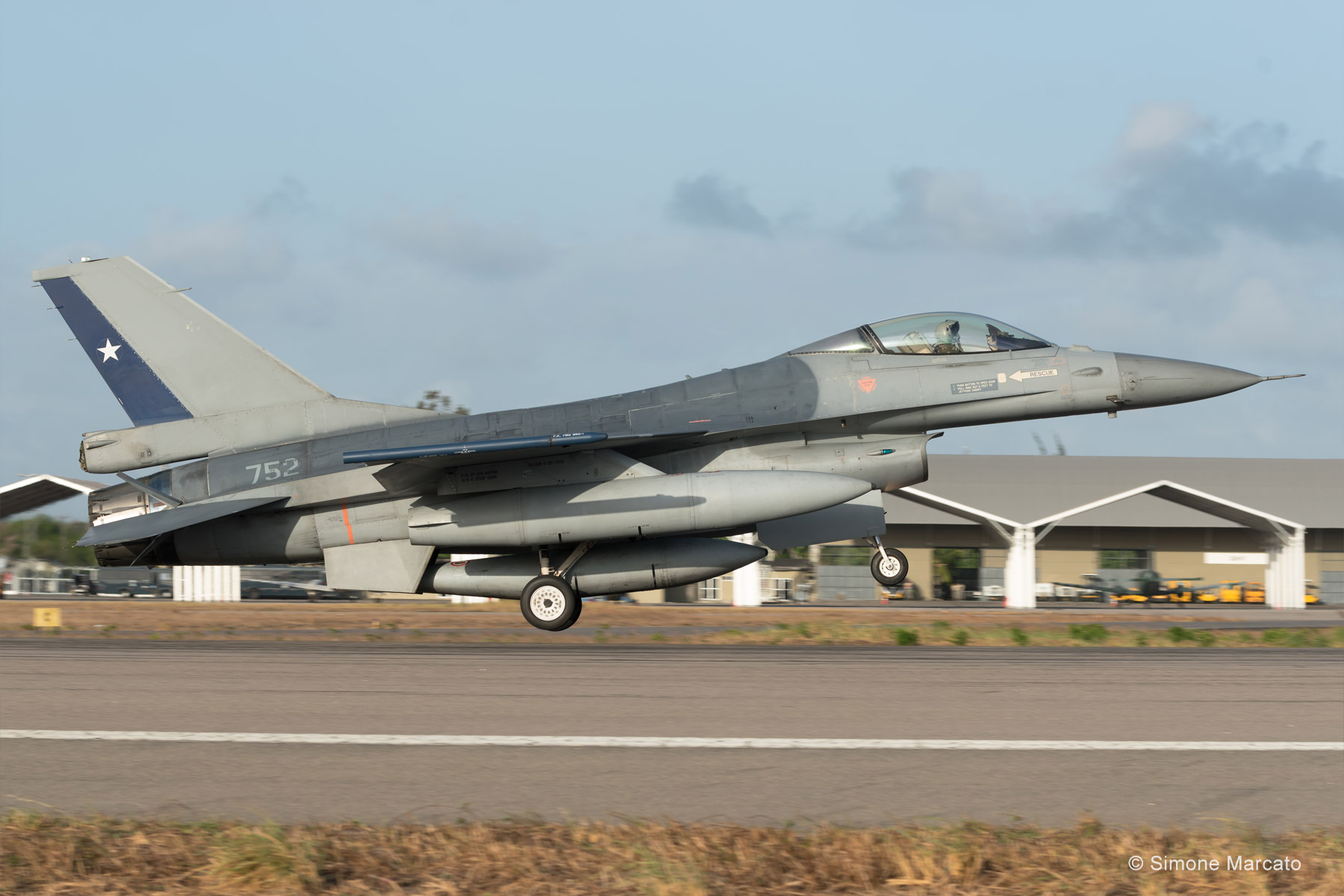
Various types of missions were carried out: F-16s, F-5s and Mirage 2000s engaged in air-to-air superiority, air defense and CAP missions. Ground attack, tactical support, COIN and CAS missions were executed by Brazilian A-1s, A-29s, AF-1s, and Peruvian and Uruguayan AT-37s. The A-1s also had tactical reconnaissance duties and analyzing the damage caused by the Blue Force strikes. Air-to-air refueling was carried out by KC-130 and KC-135, while C-130, C-105, and C-235 conducted paradrops of special forces and equipment. During this phase, the coalition also carried out the main combat search and rescue (CSAR) missions to locate and recover pilots “shot down” by enemy forces using helicopters and SC-105.
In total, around a hundred aircraft were employed, which collectively flew over 1200 hours in approximately 1000 missions.

Since its first edition in 2002, CRUZEX has grown, both in terms of complexity and numbers. The introduction of new types of combat scenarios, the debut of various armed forces, and the presence of many international observers at each edition – in some cases from other continents – confirm the importance of CRUZEX in the training of the Brazilian Armed Forces and those of neighboring South American countries in scenarios that are now common in various critical situations around the world.
Latest Blog Articles
- 50 Years of Turkish Air Force F-4 Phantom II
- AMX – Phase-Out 2024
- Base Aérea Monte Real
- Malta’s Alouettes
- The Italian way of fast jet training: 61o Stormo